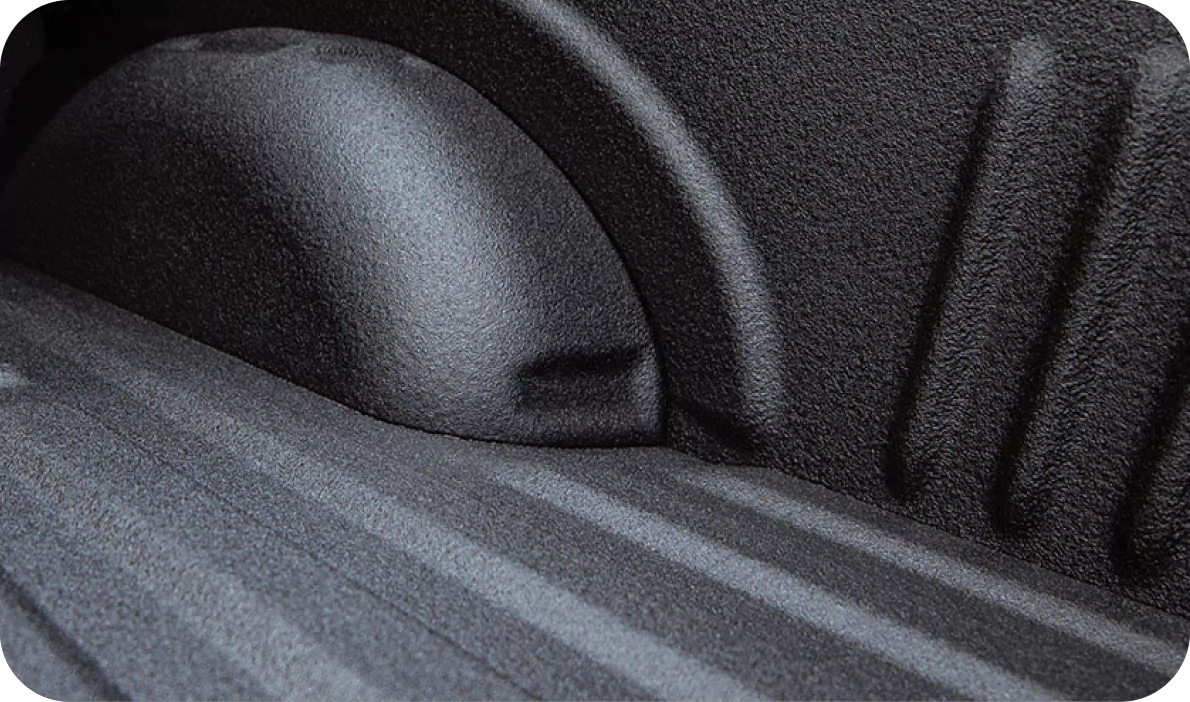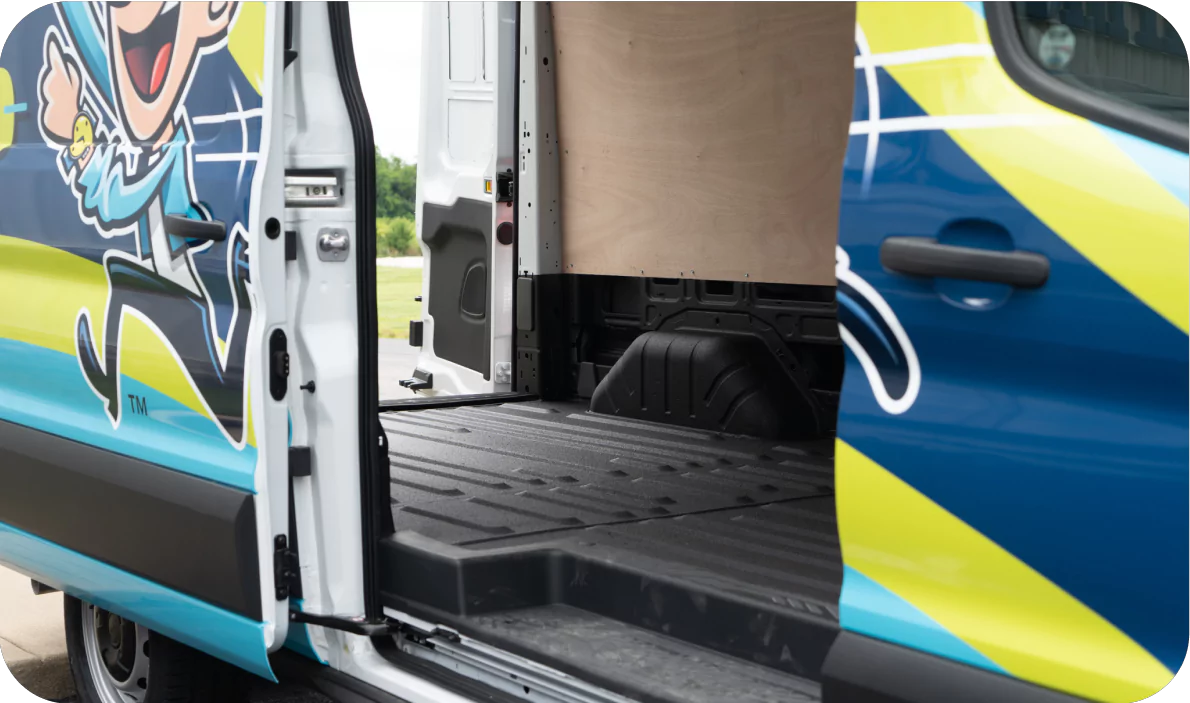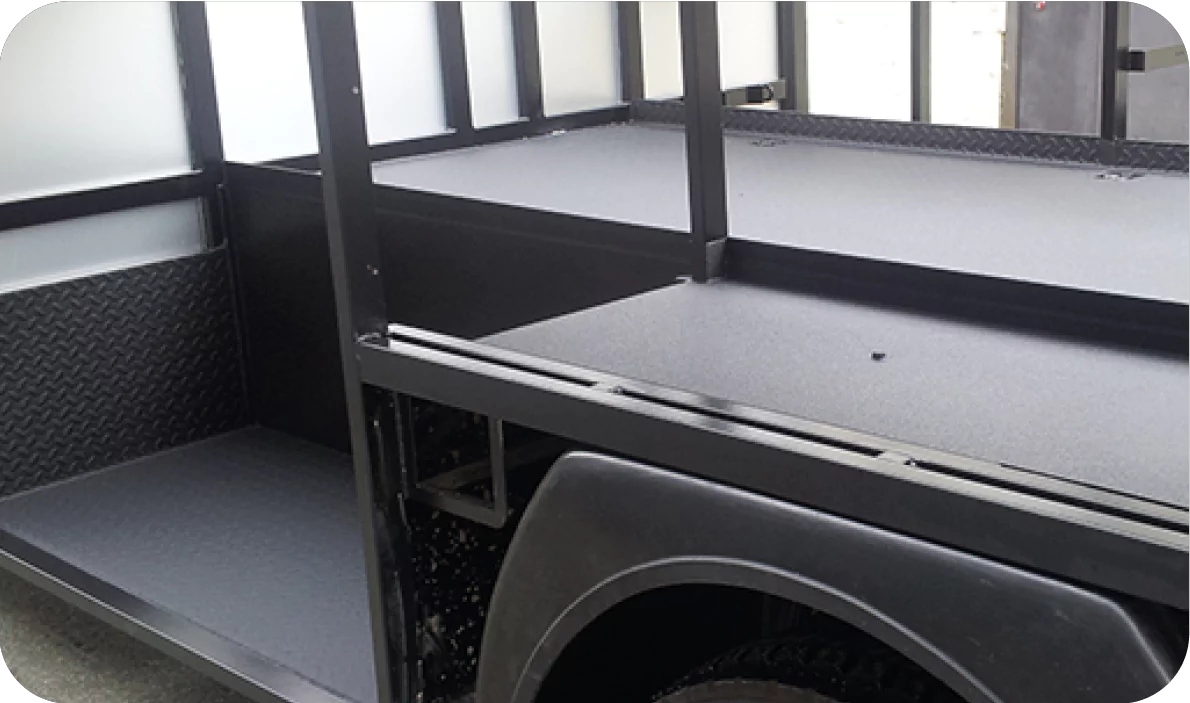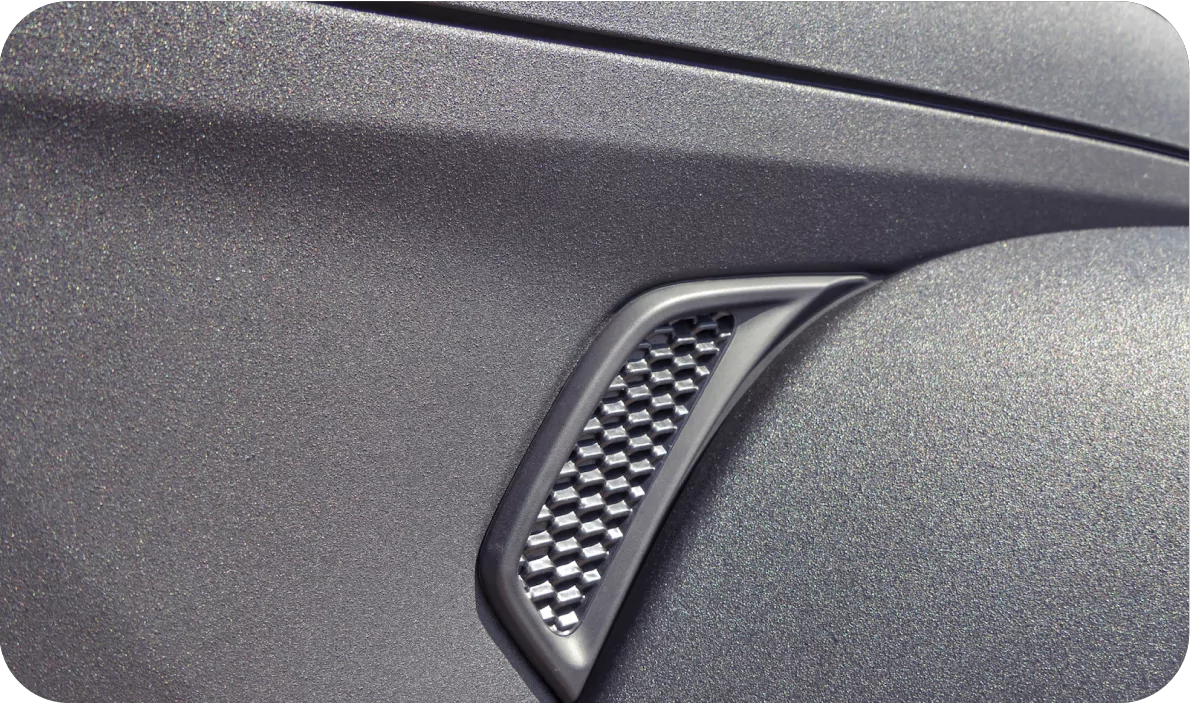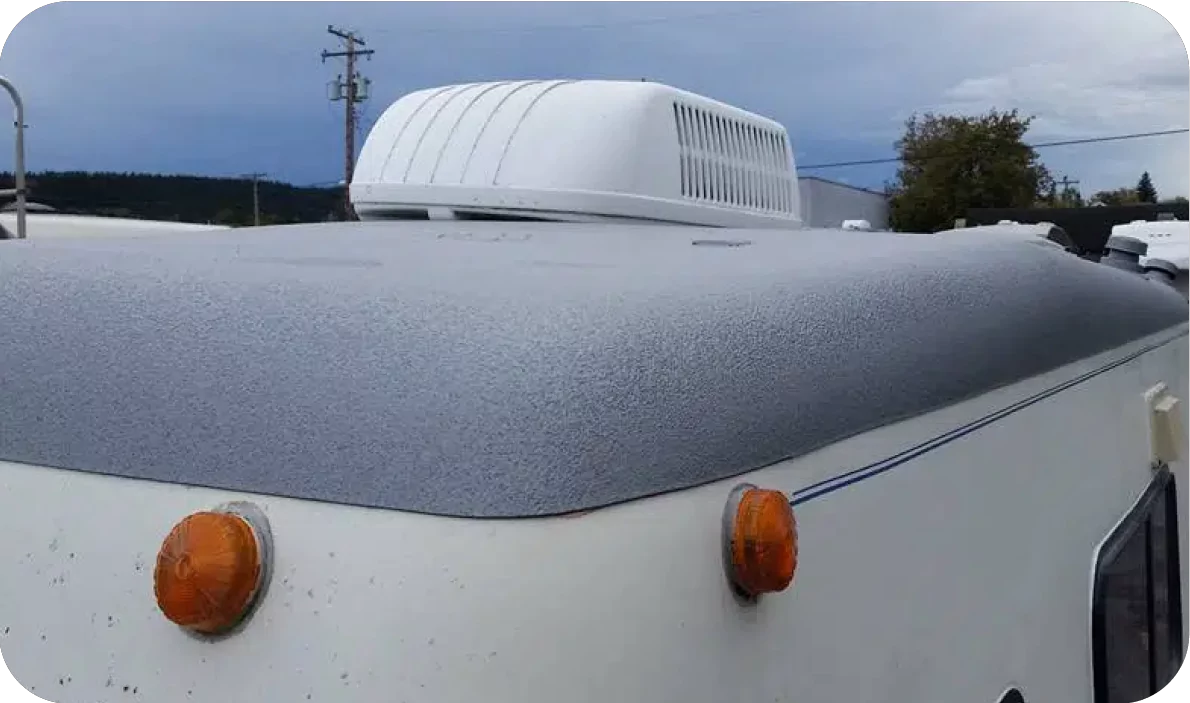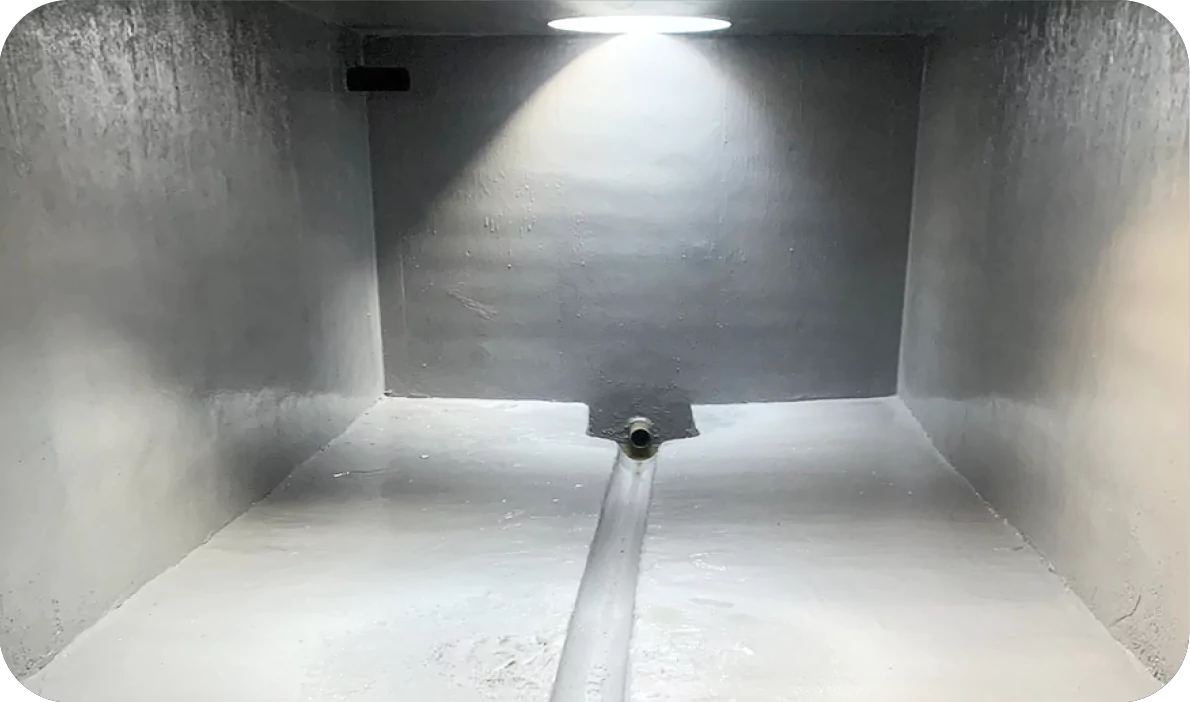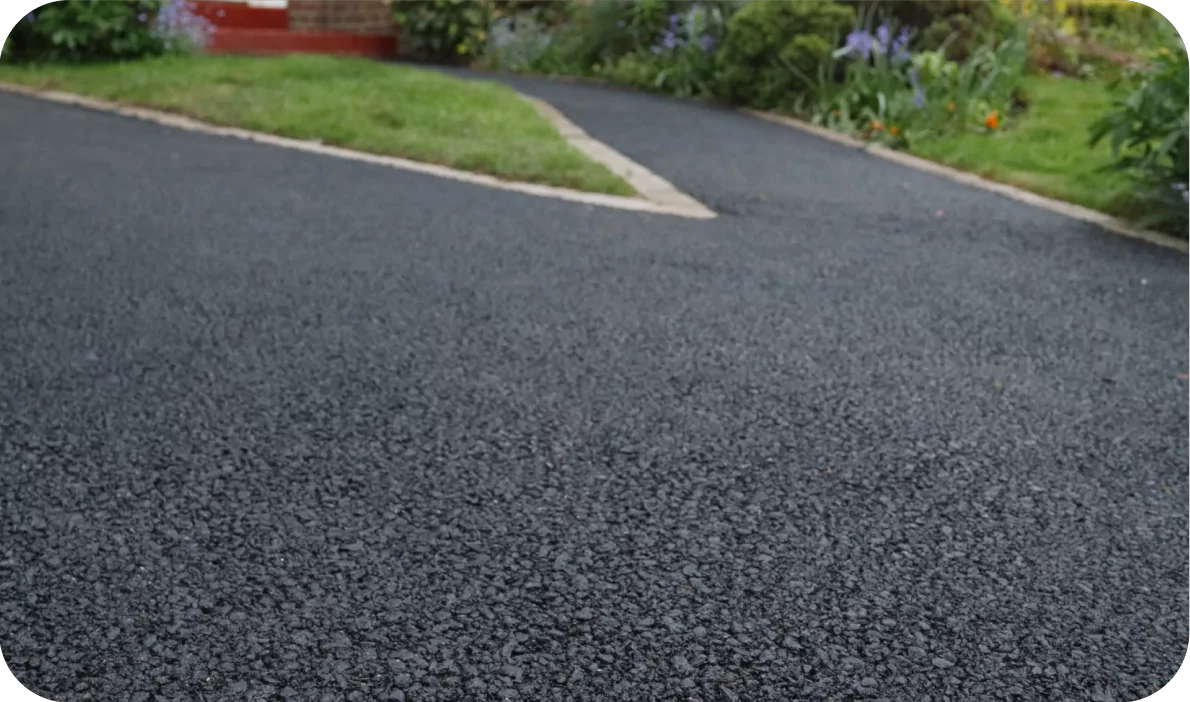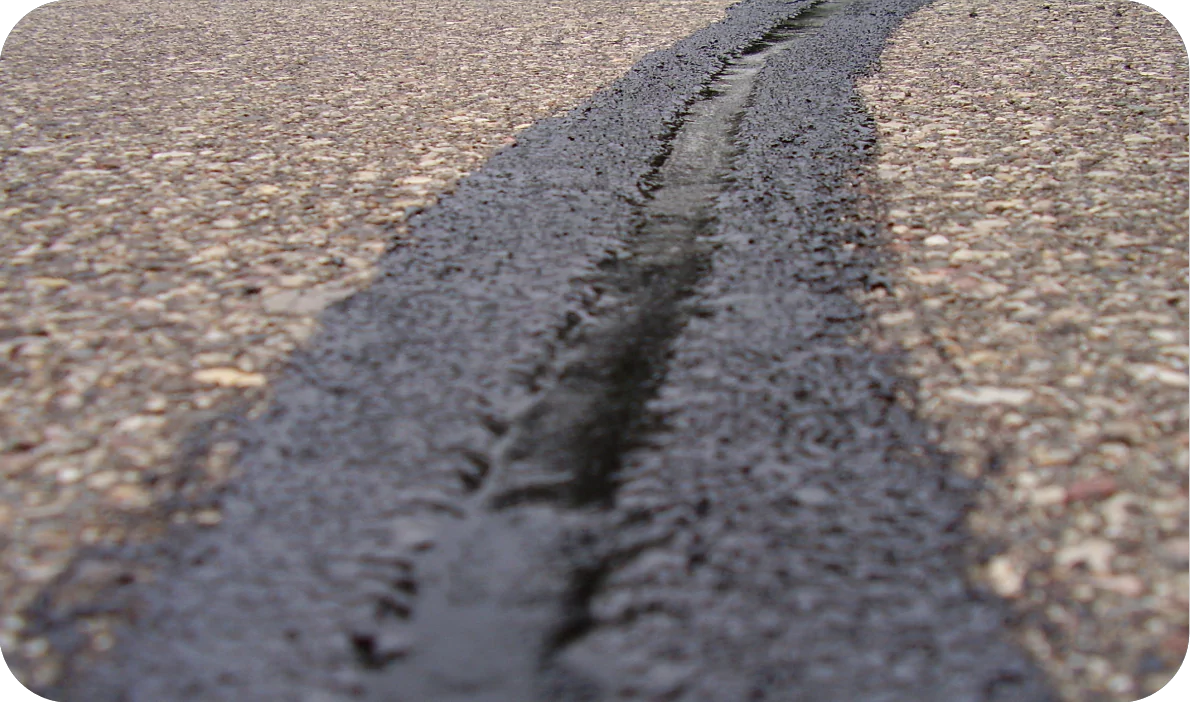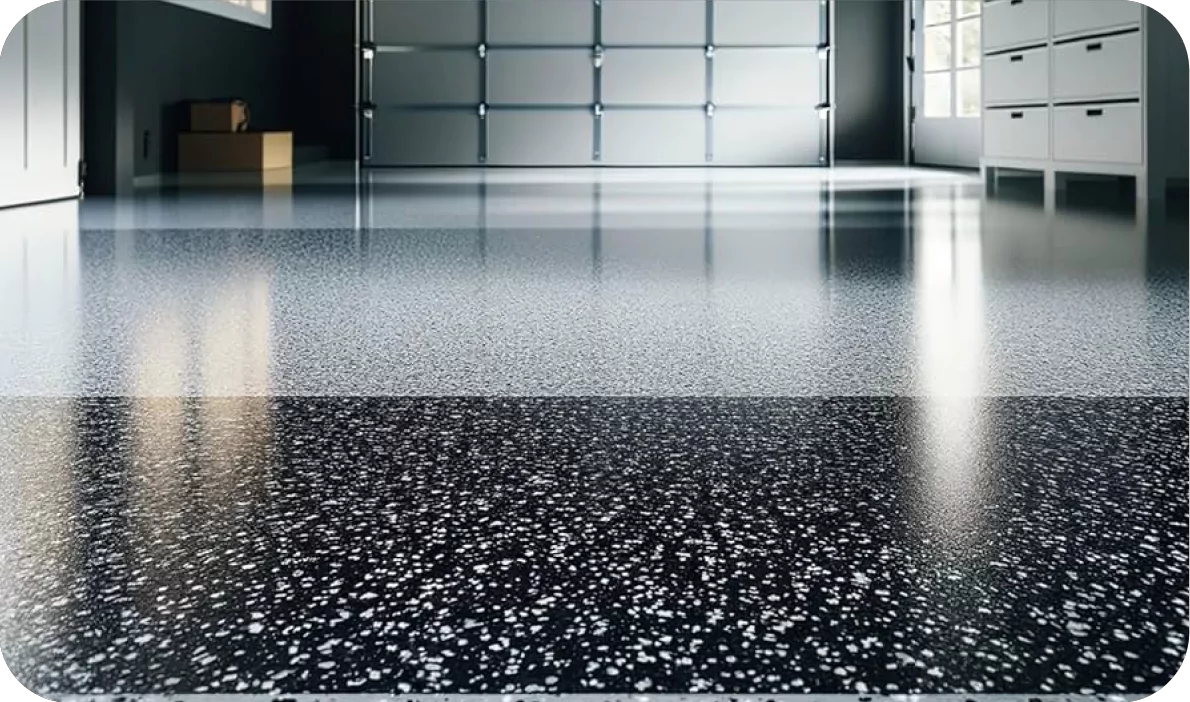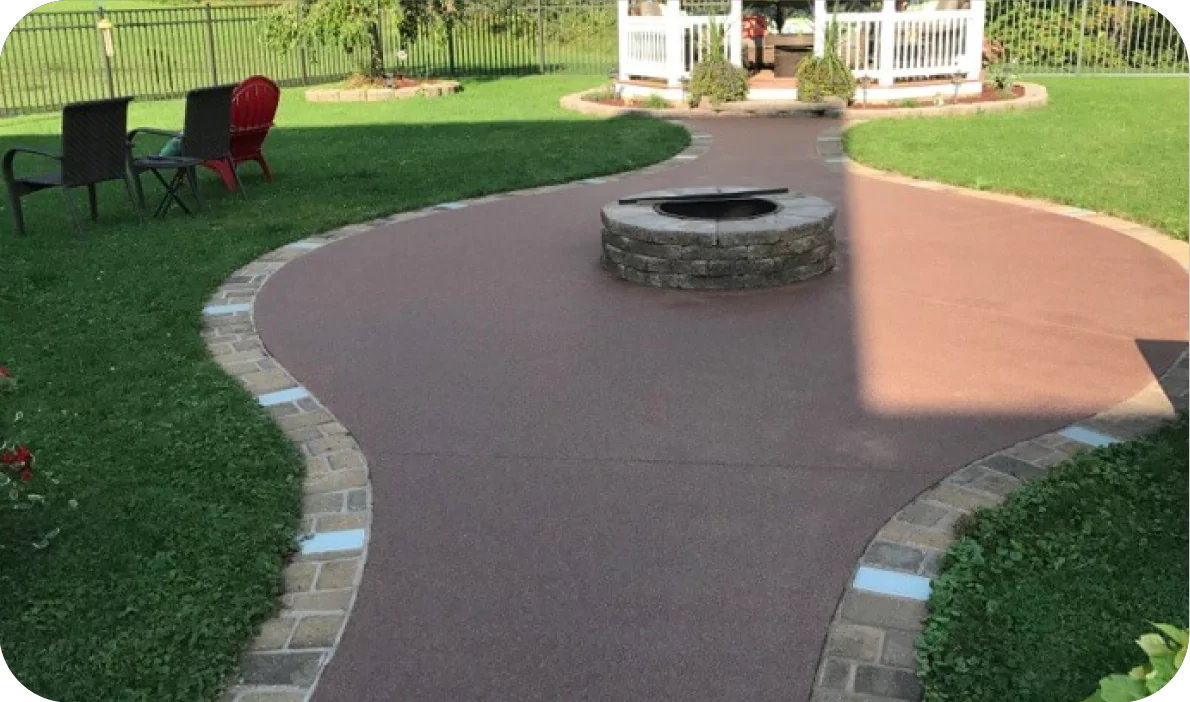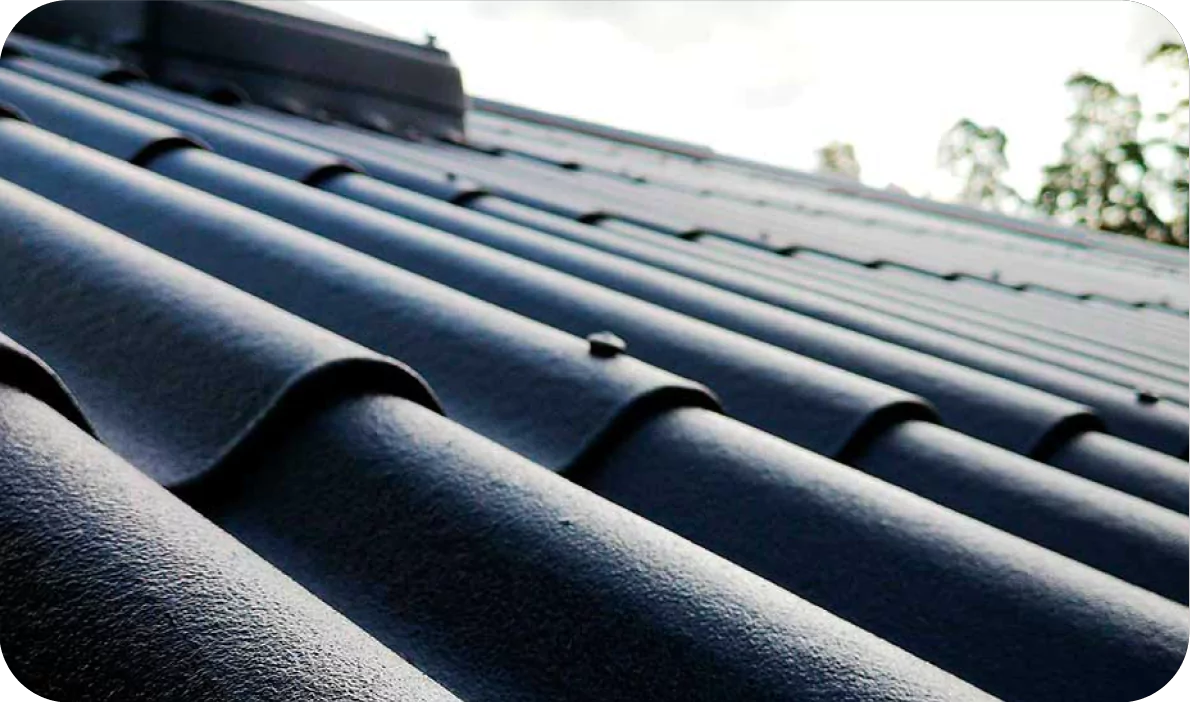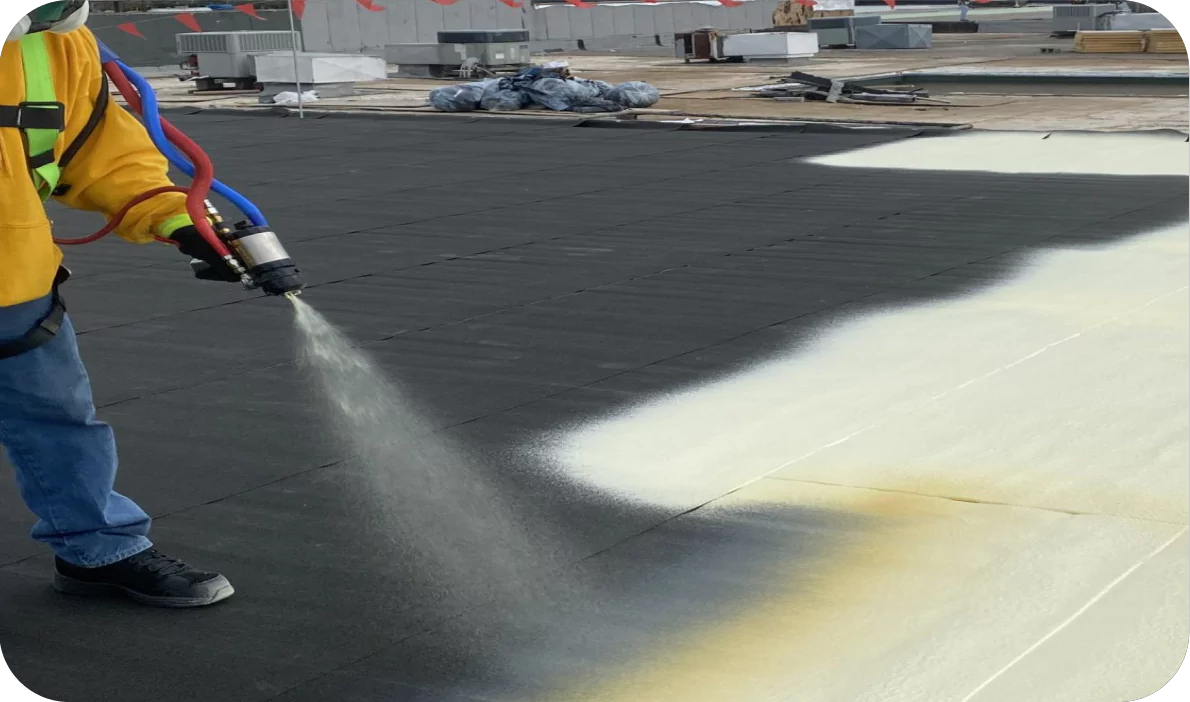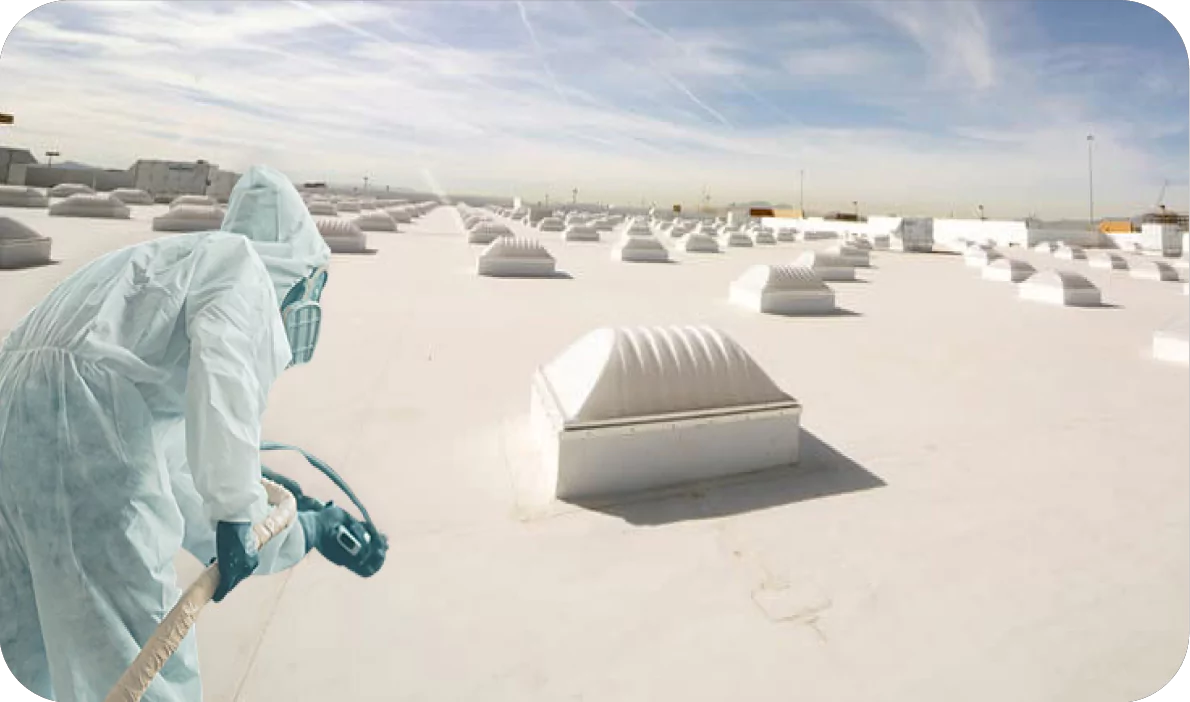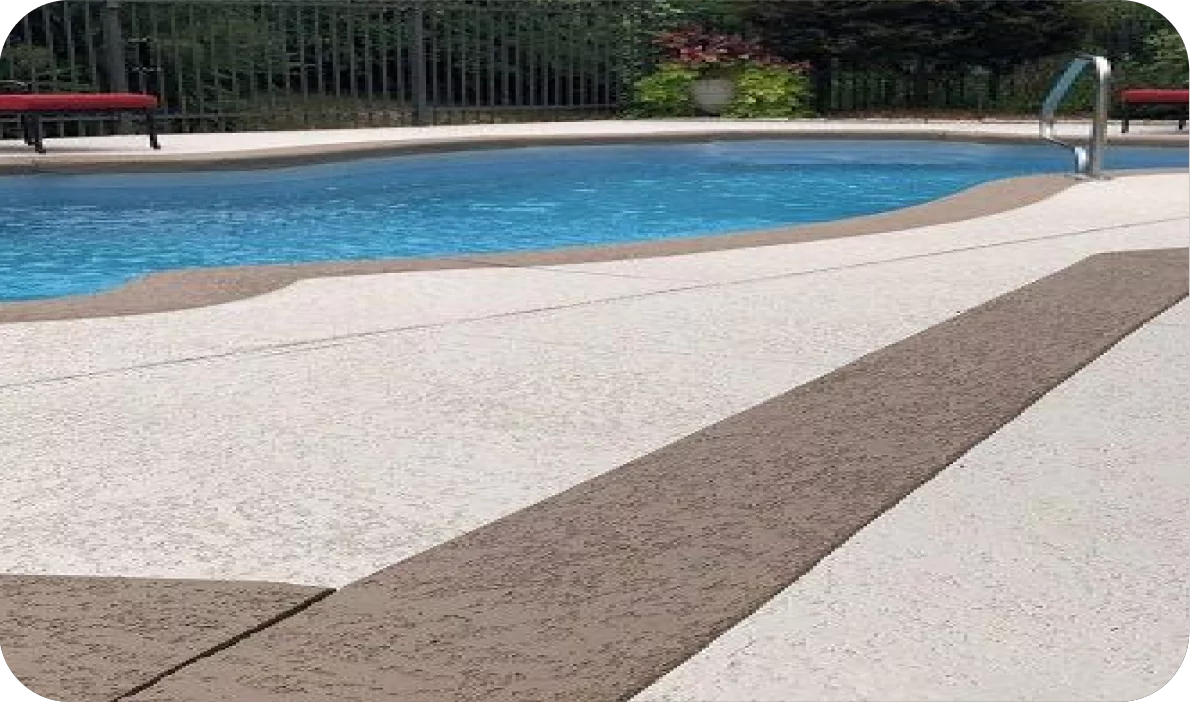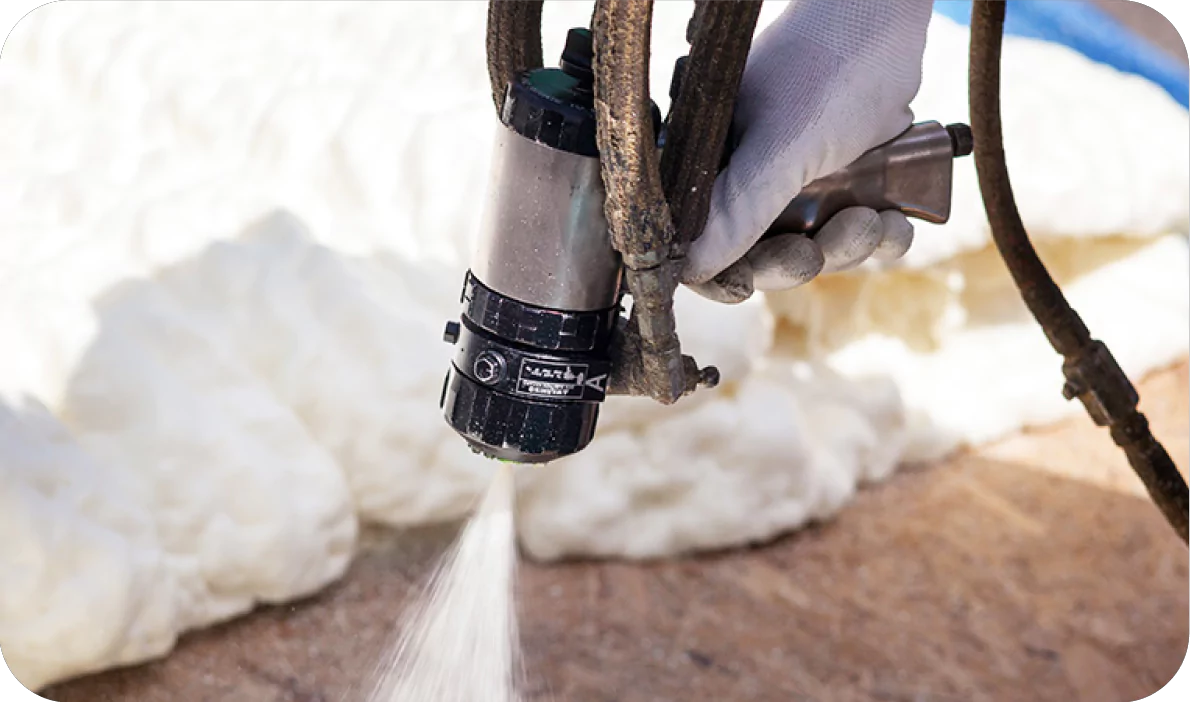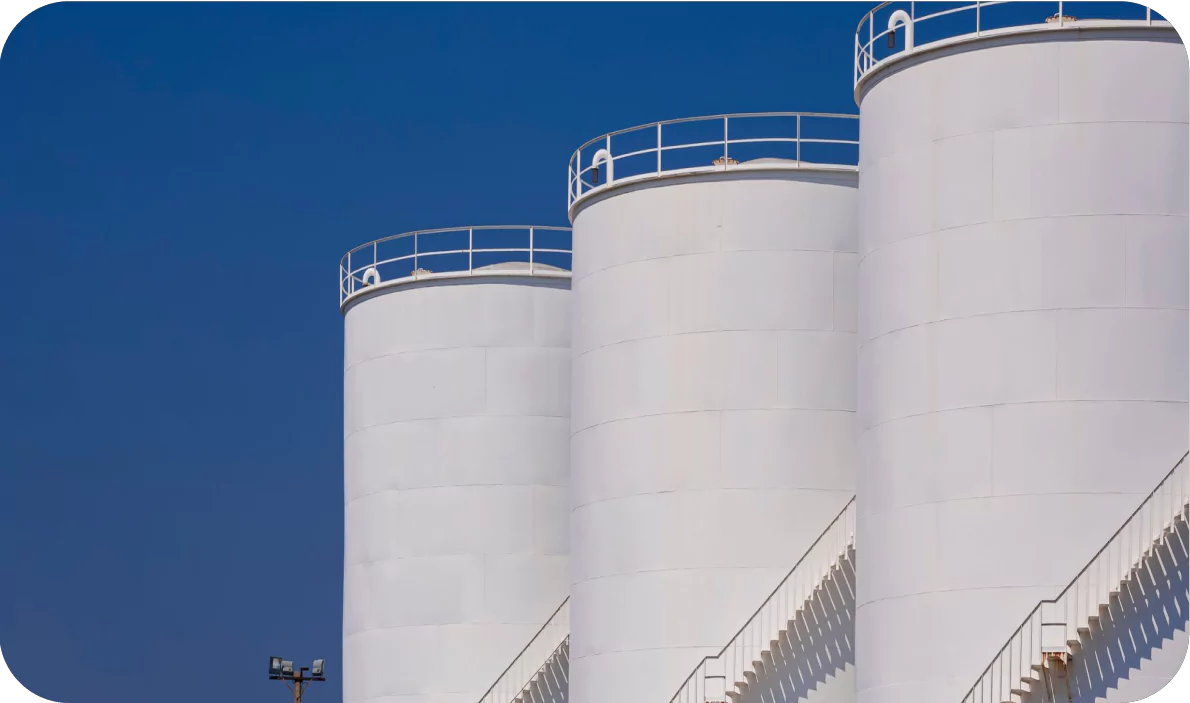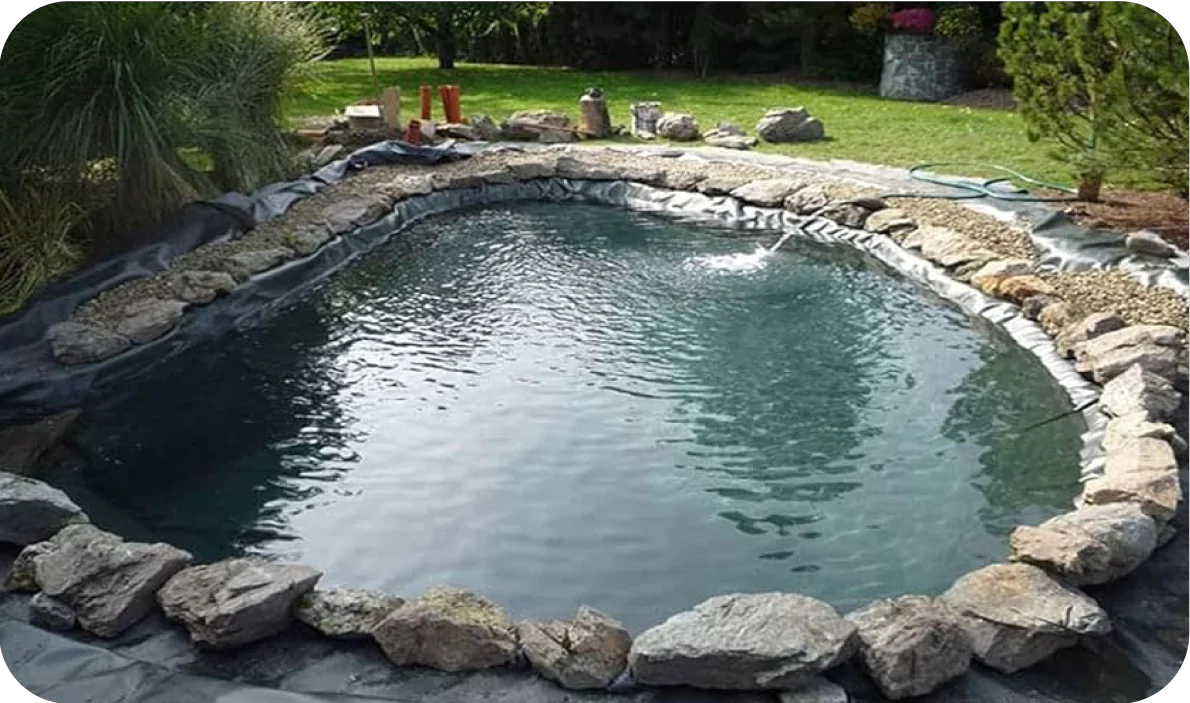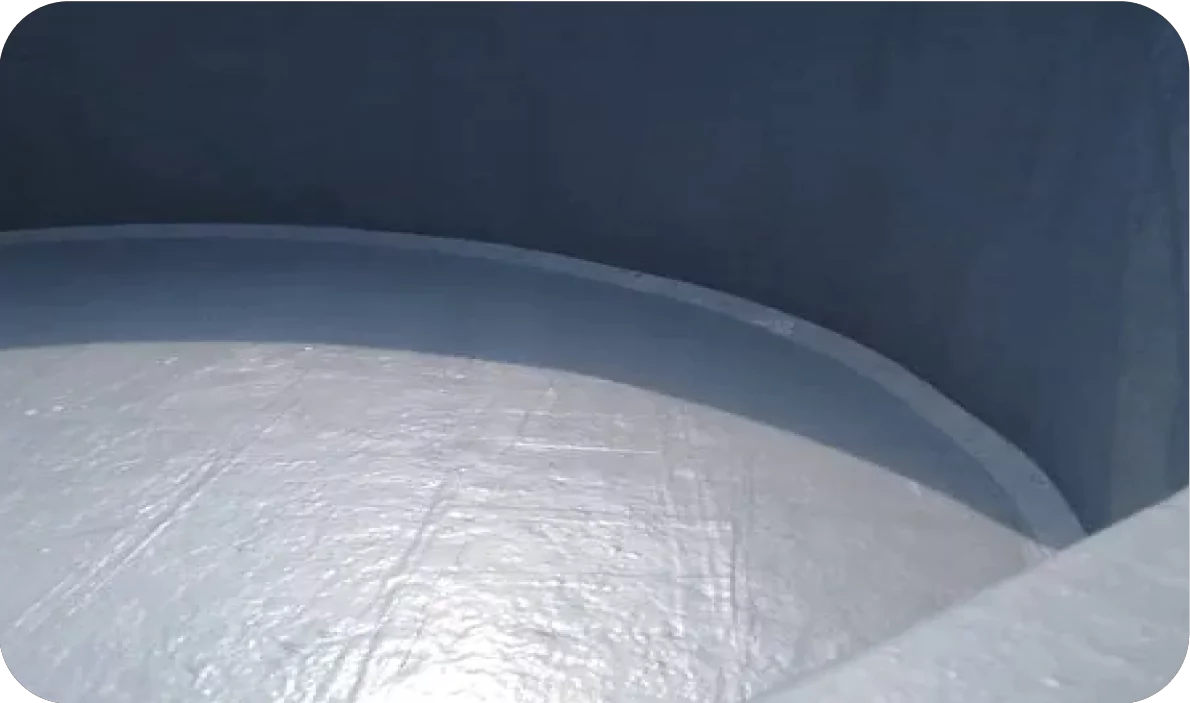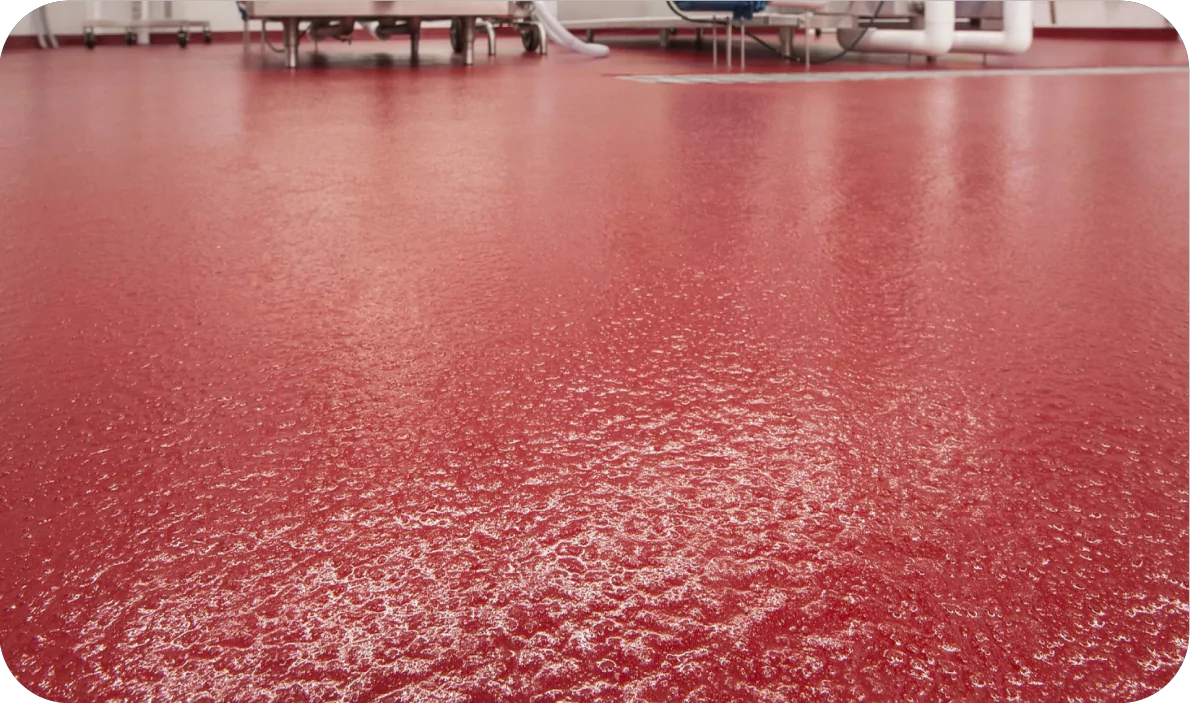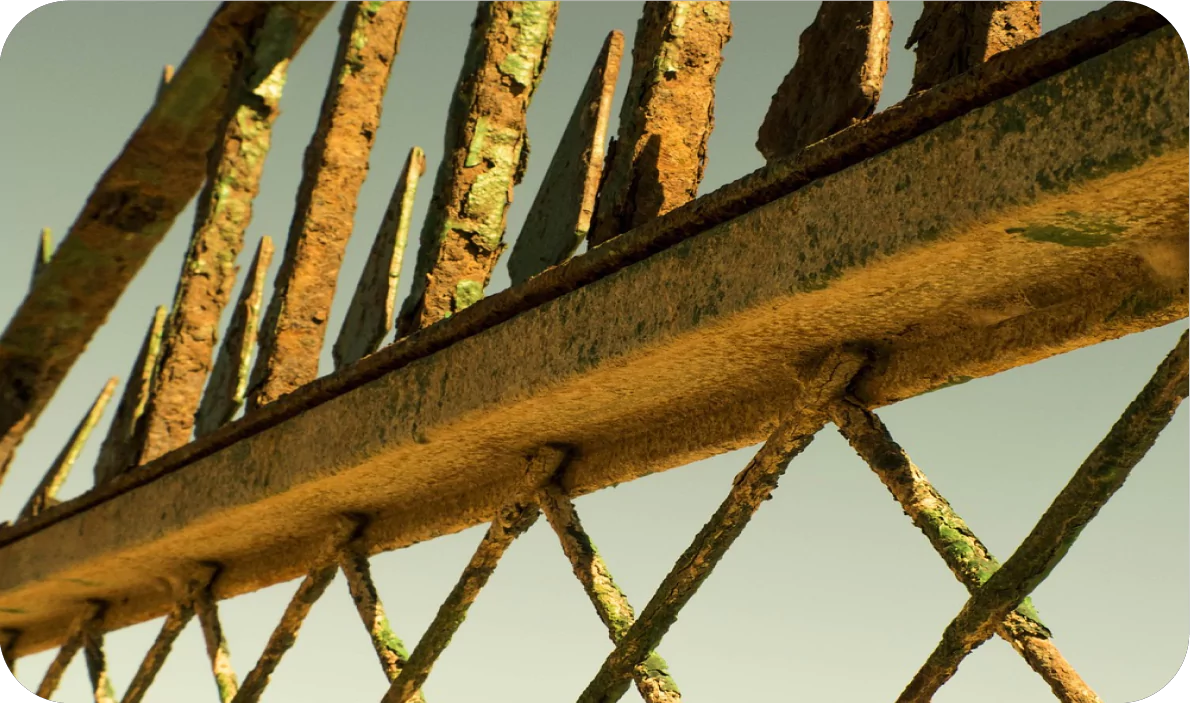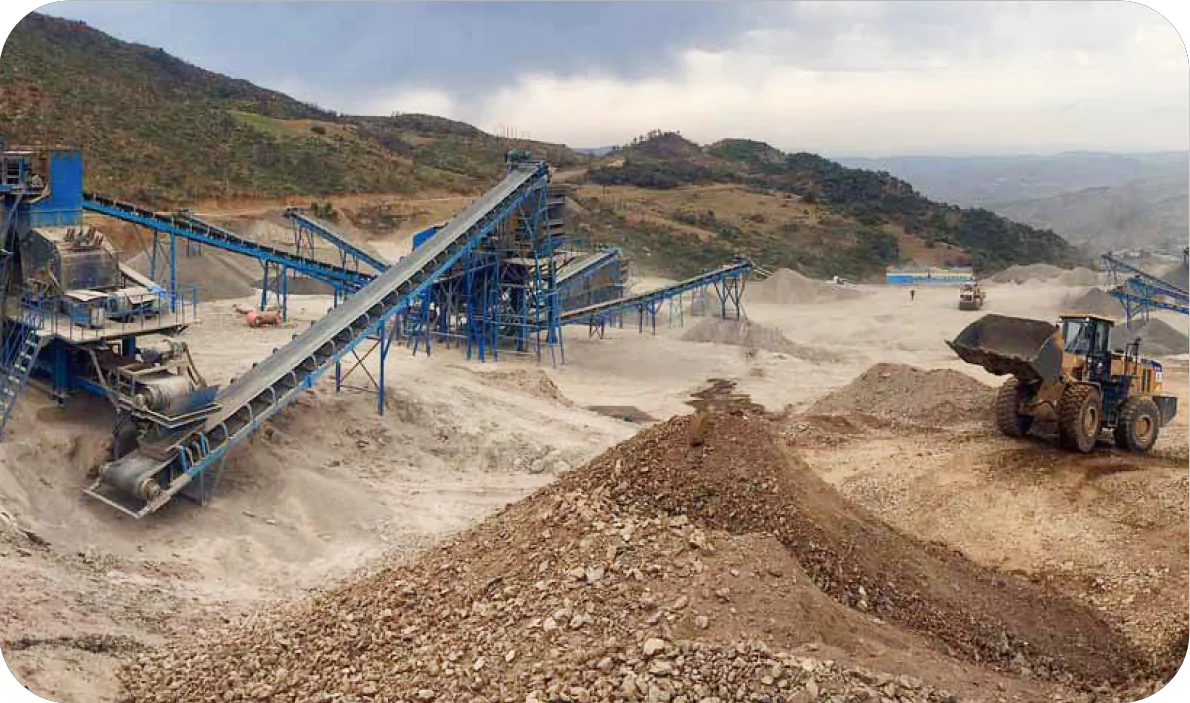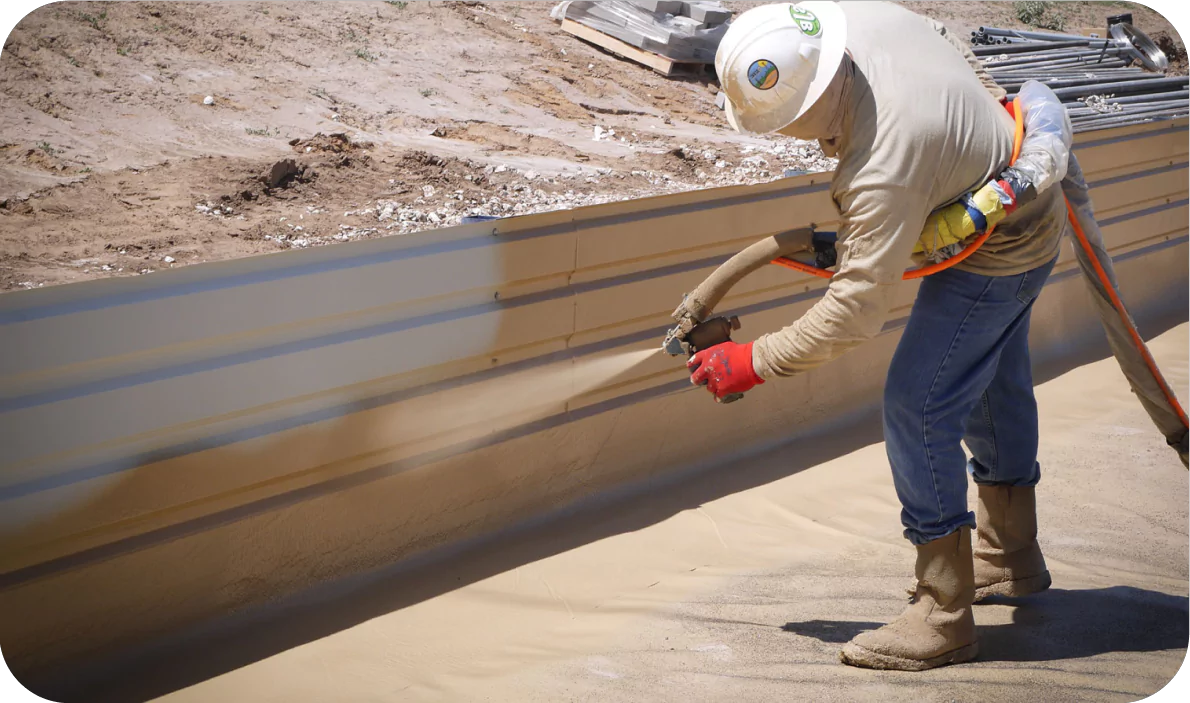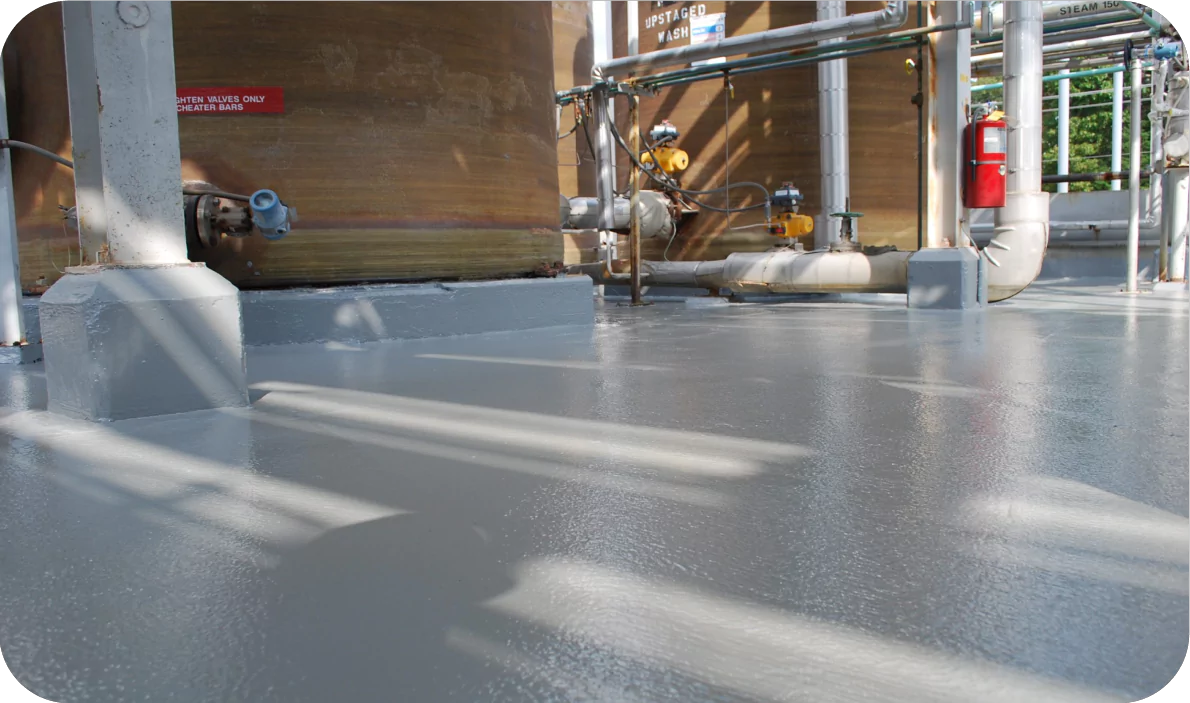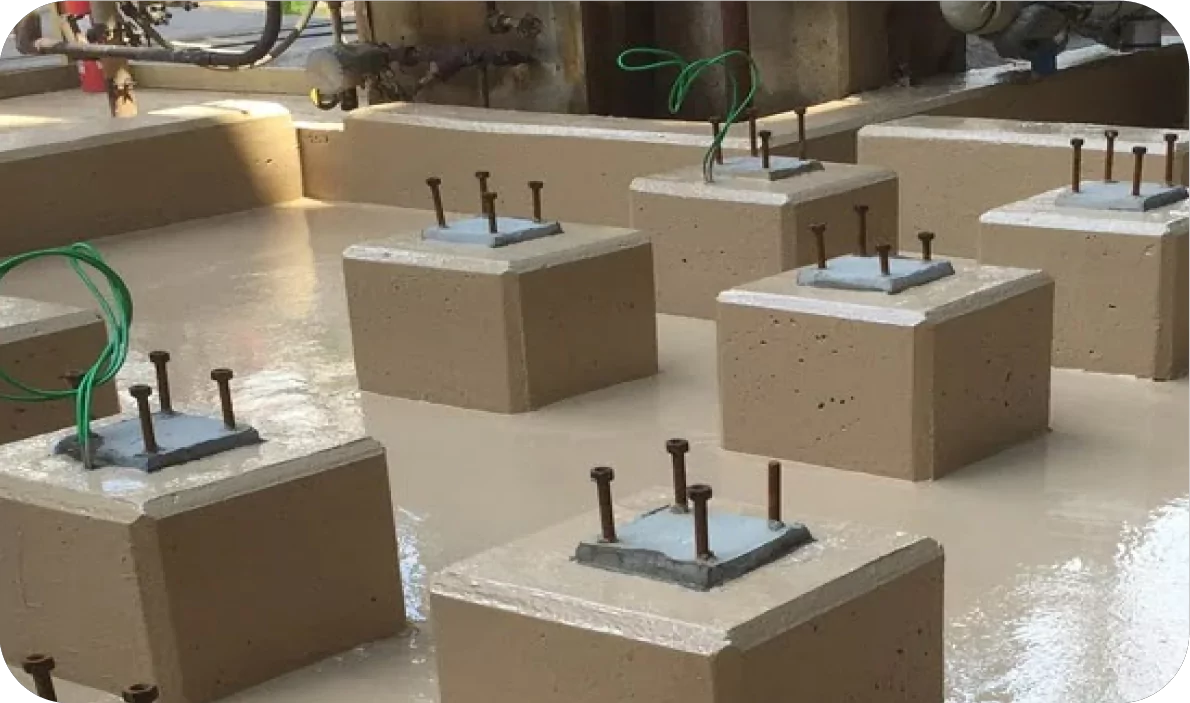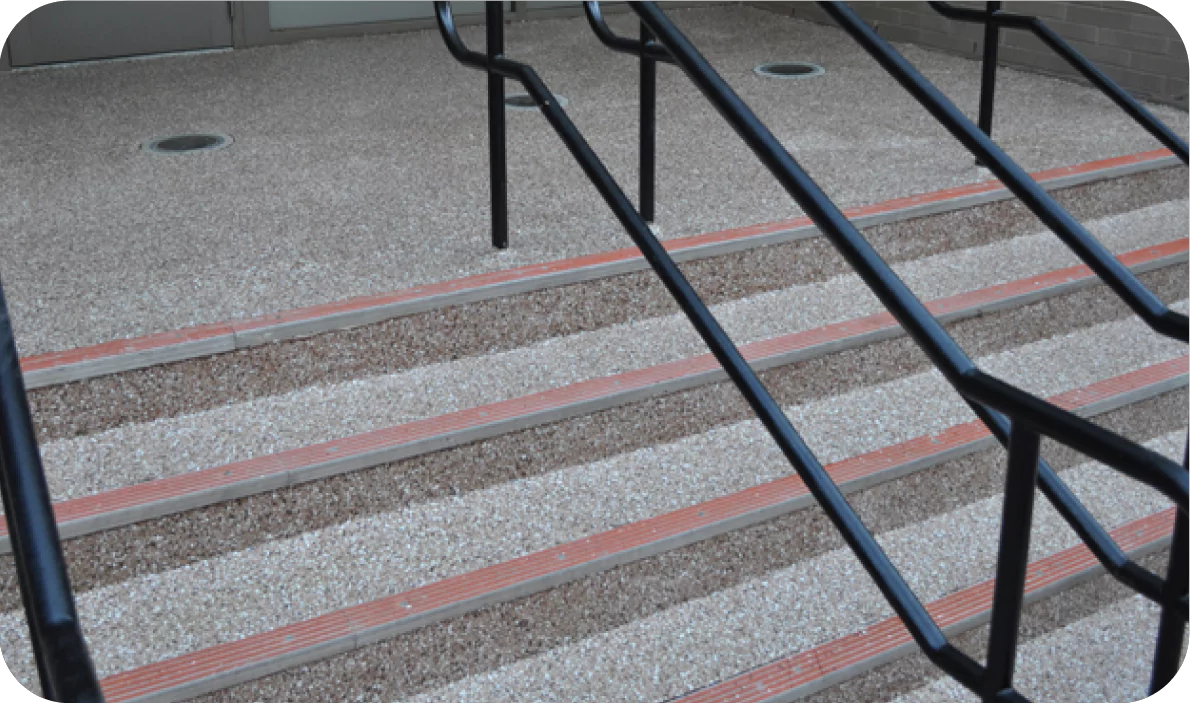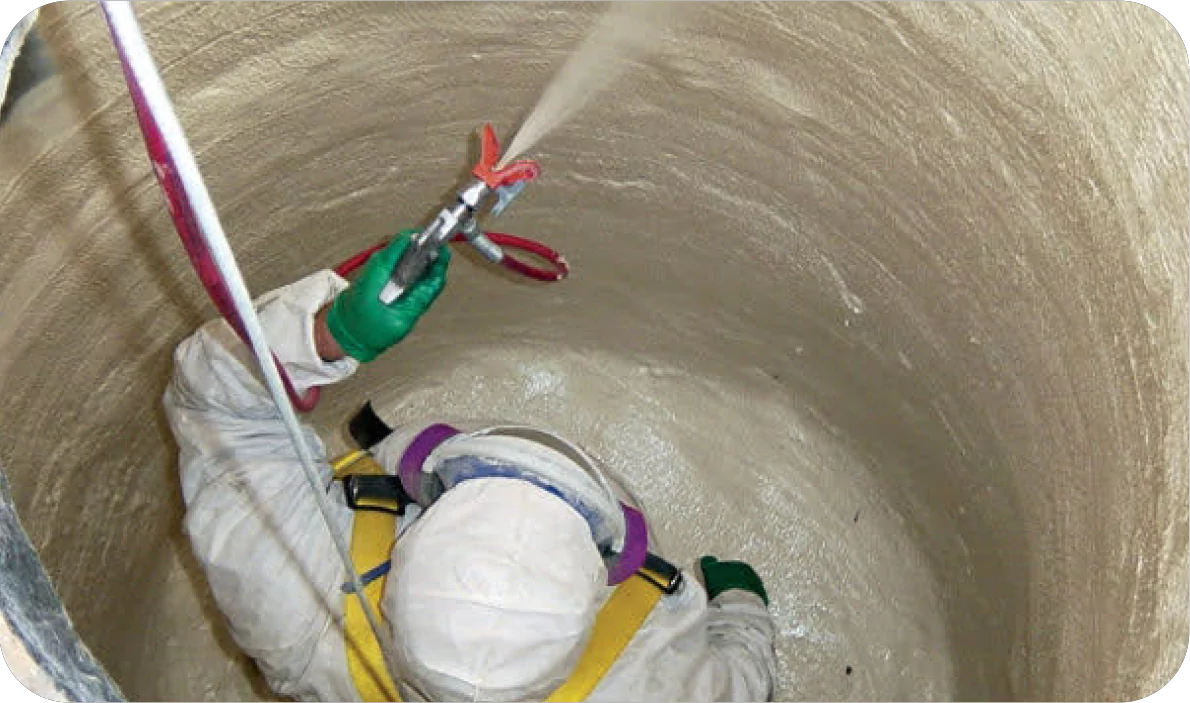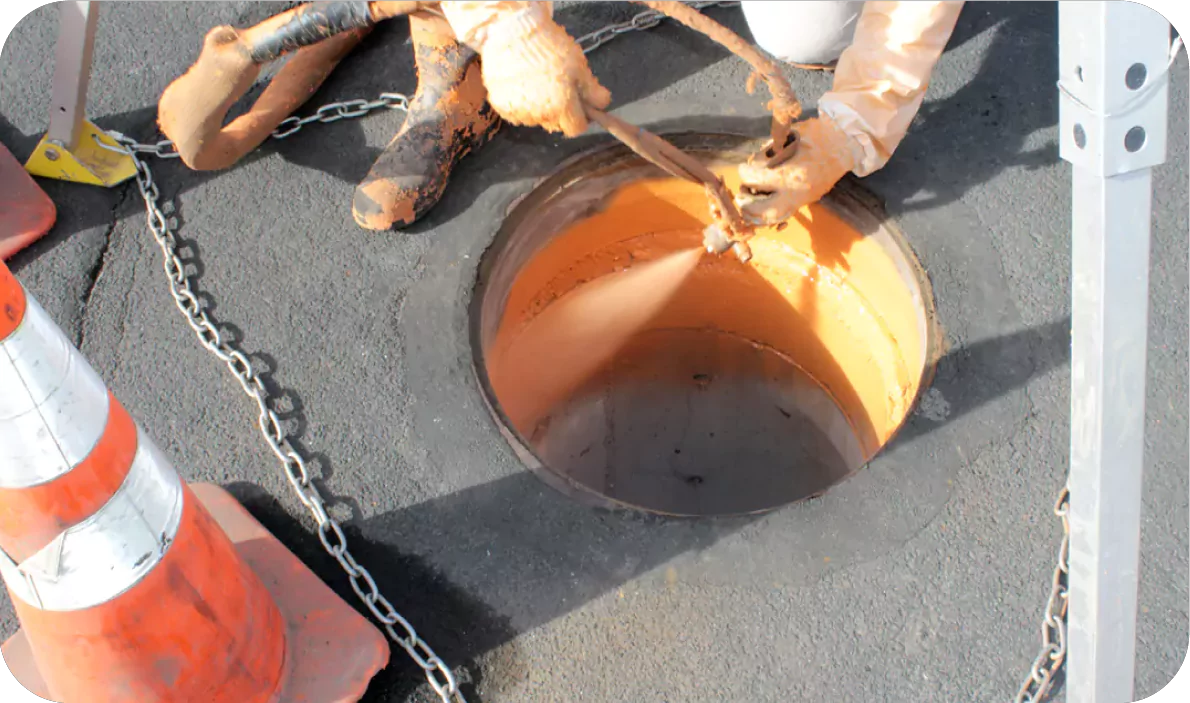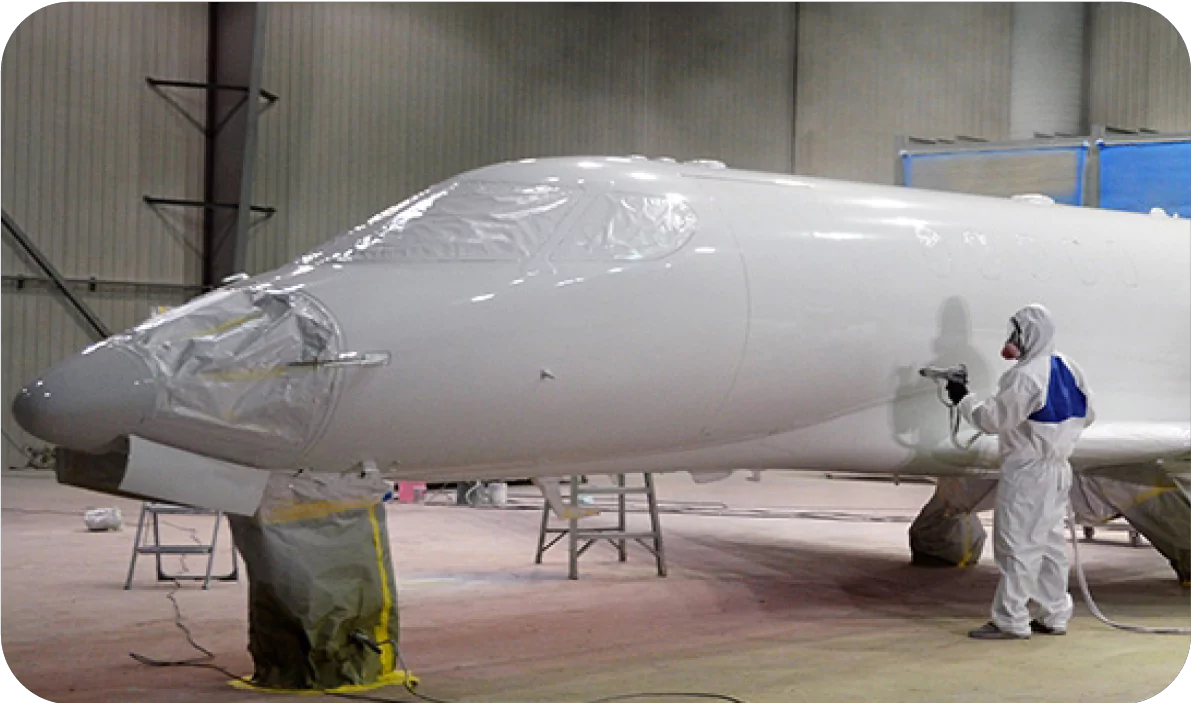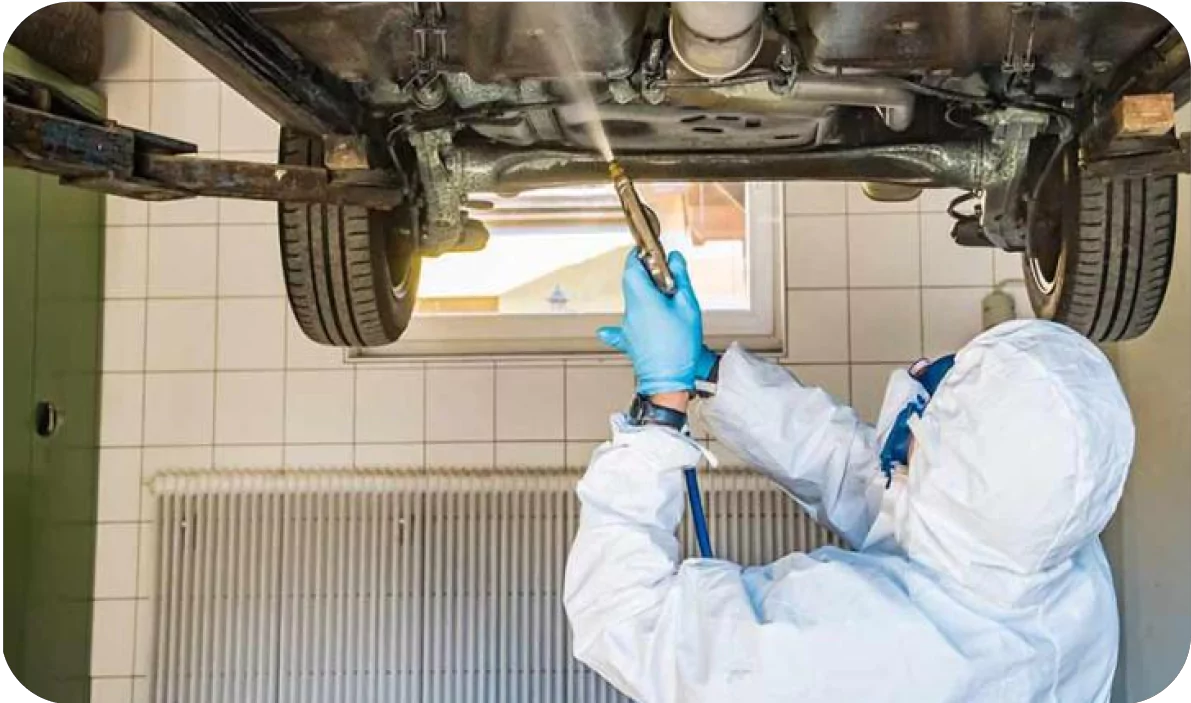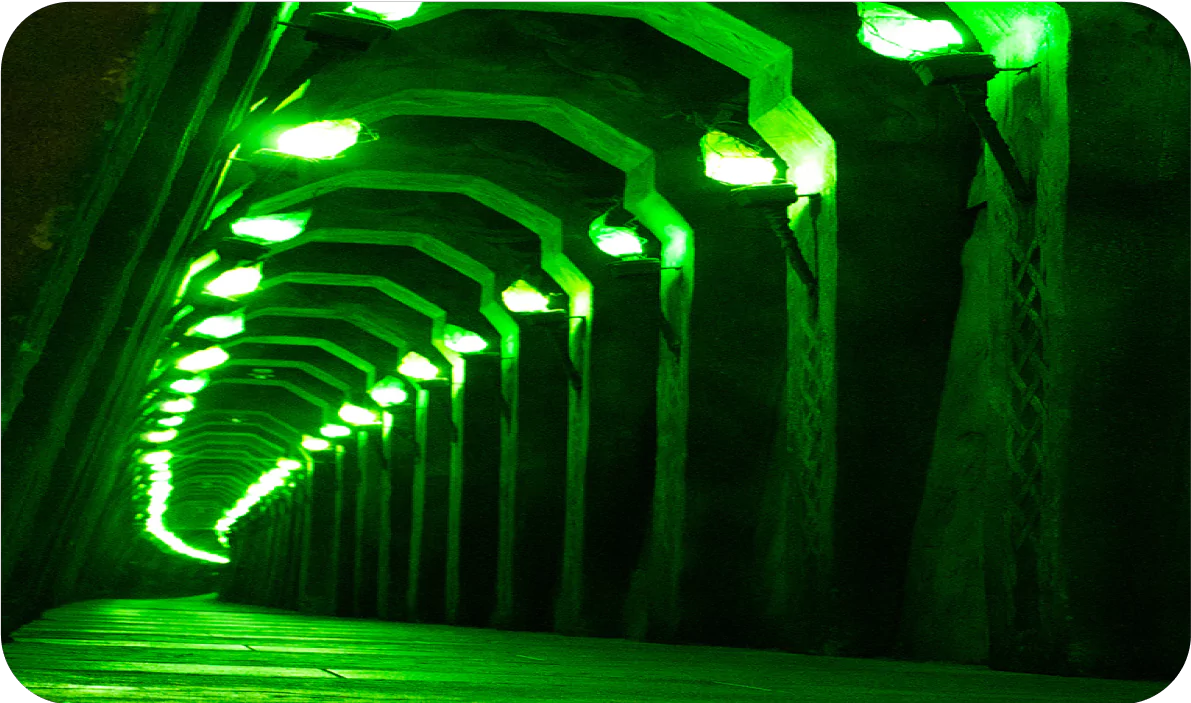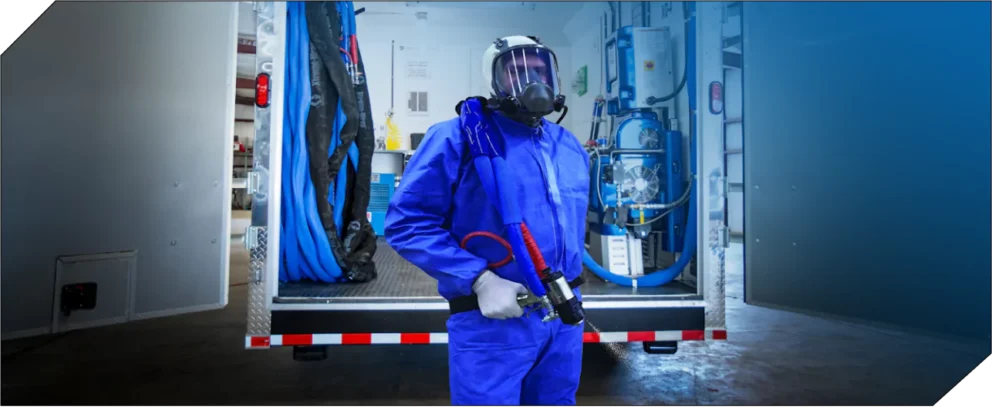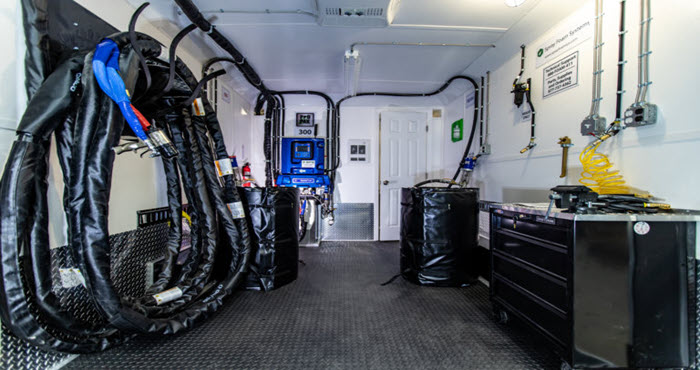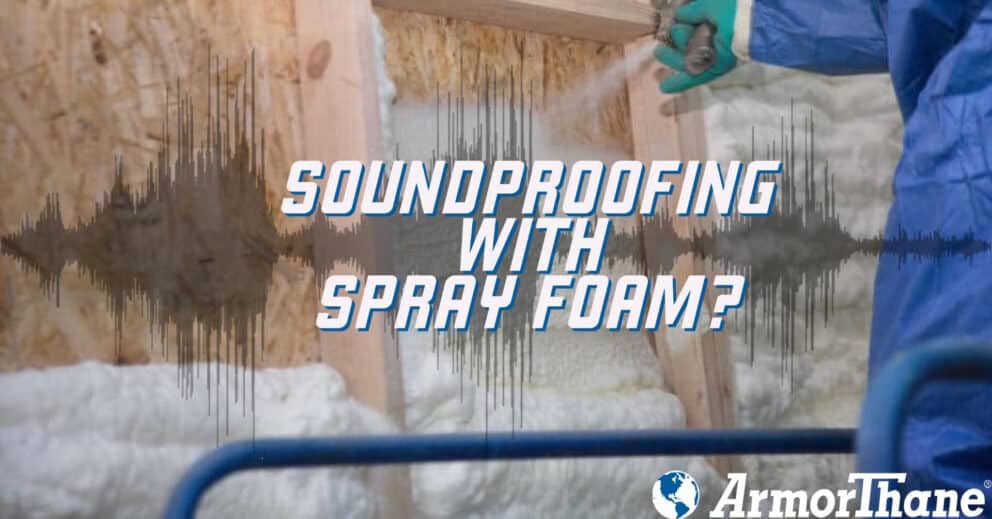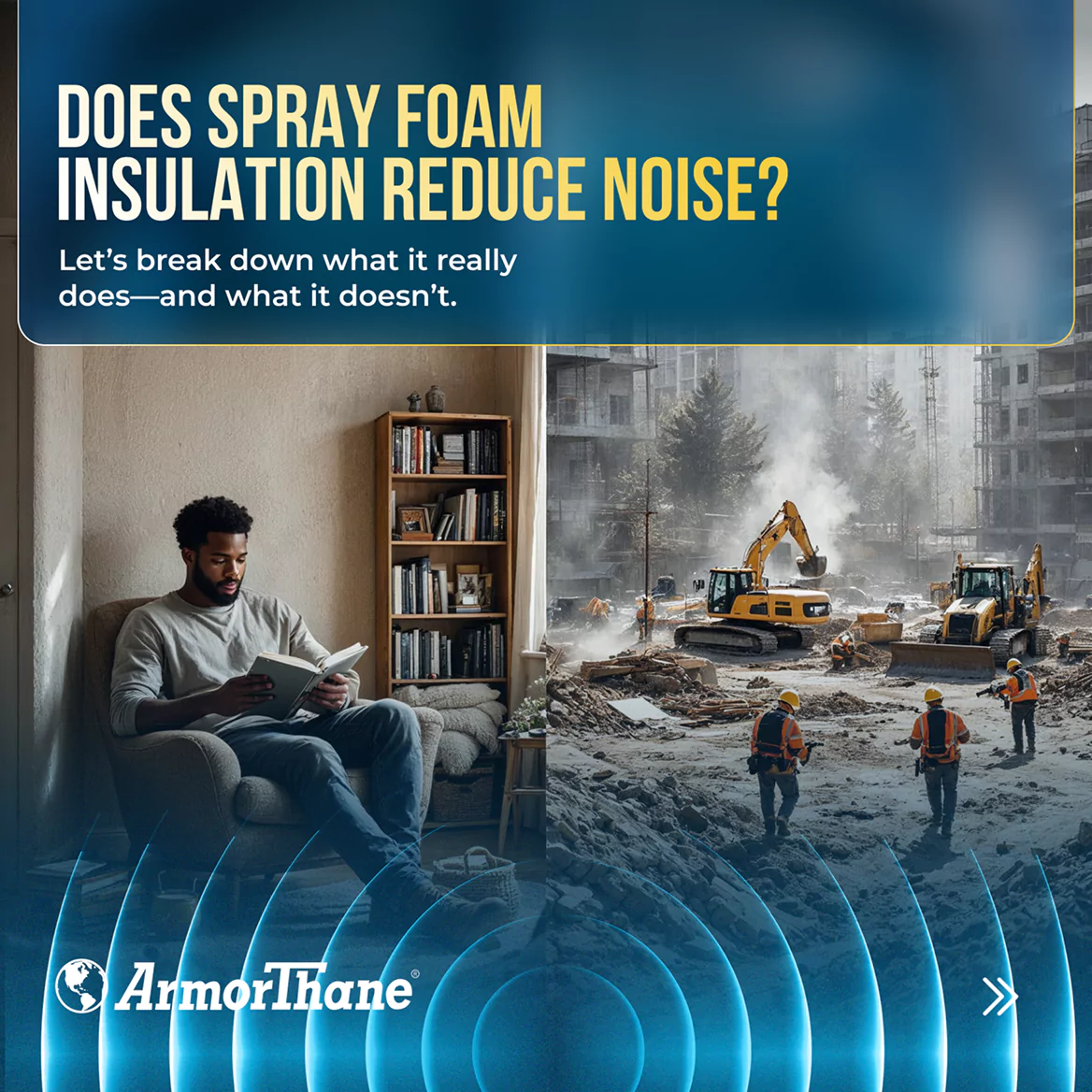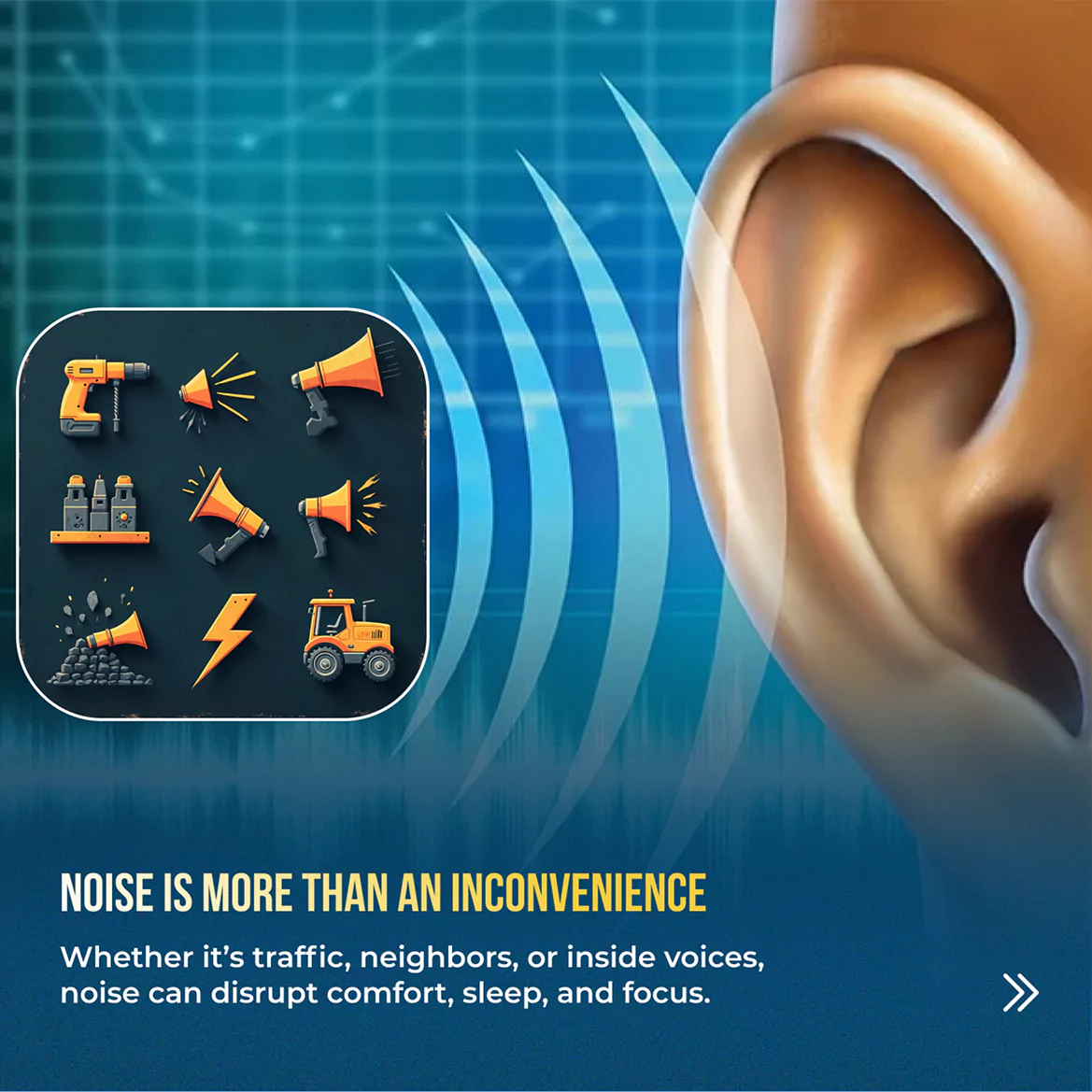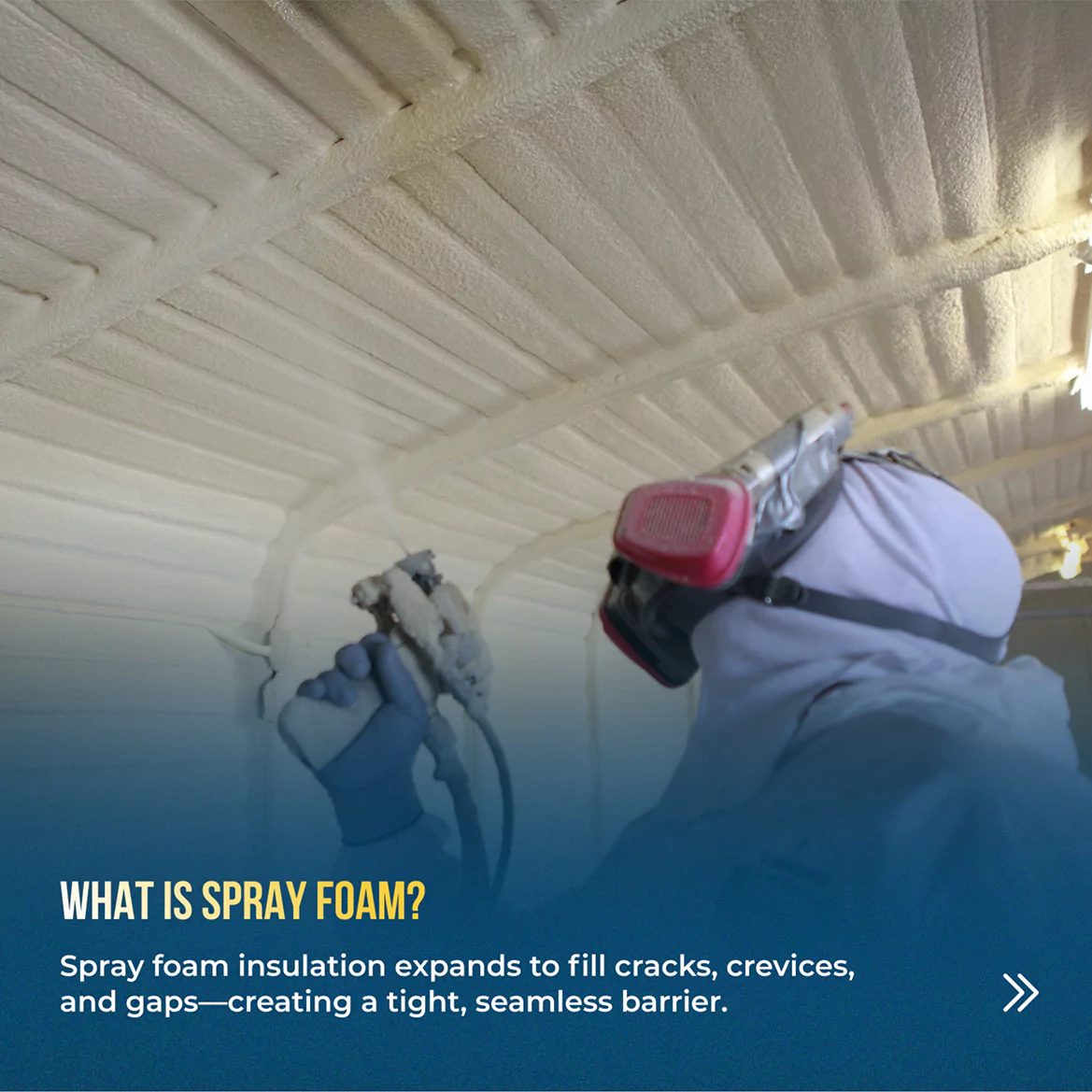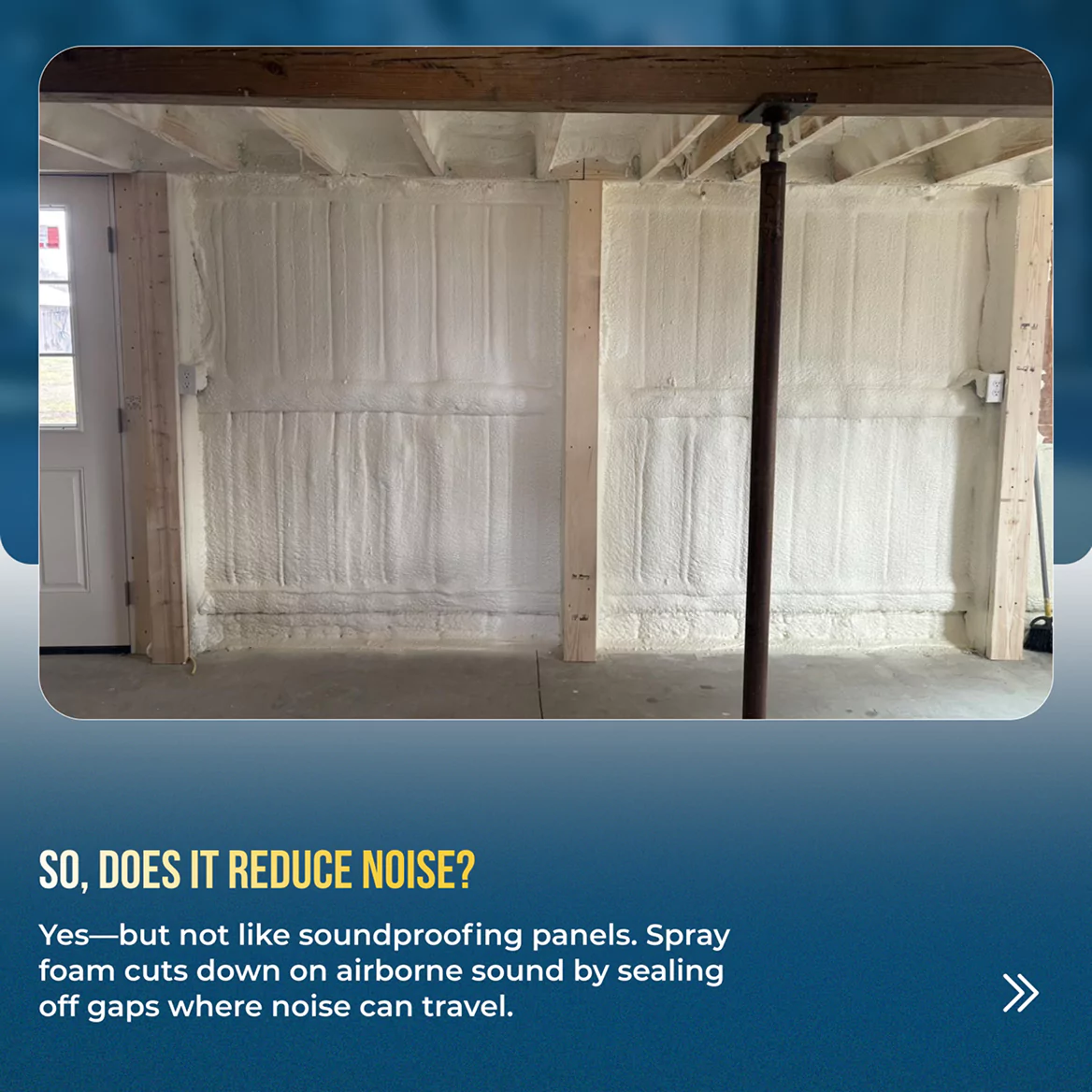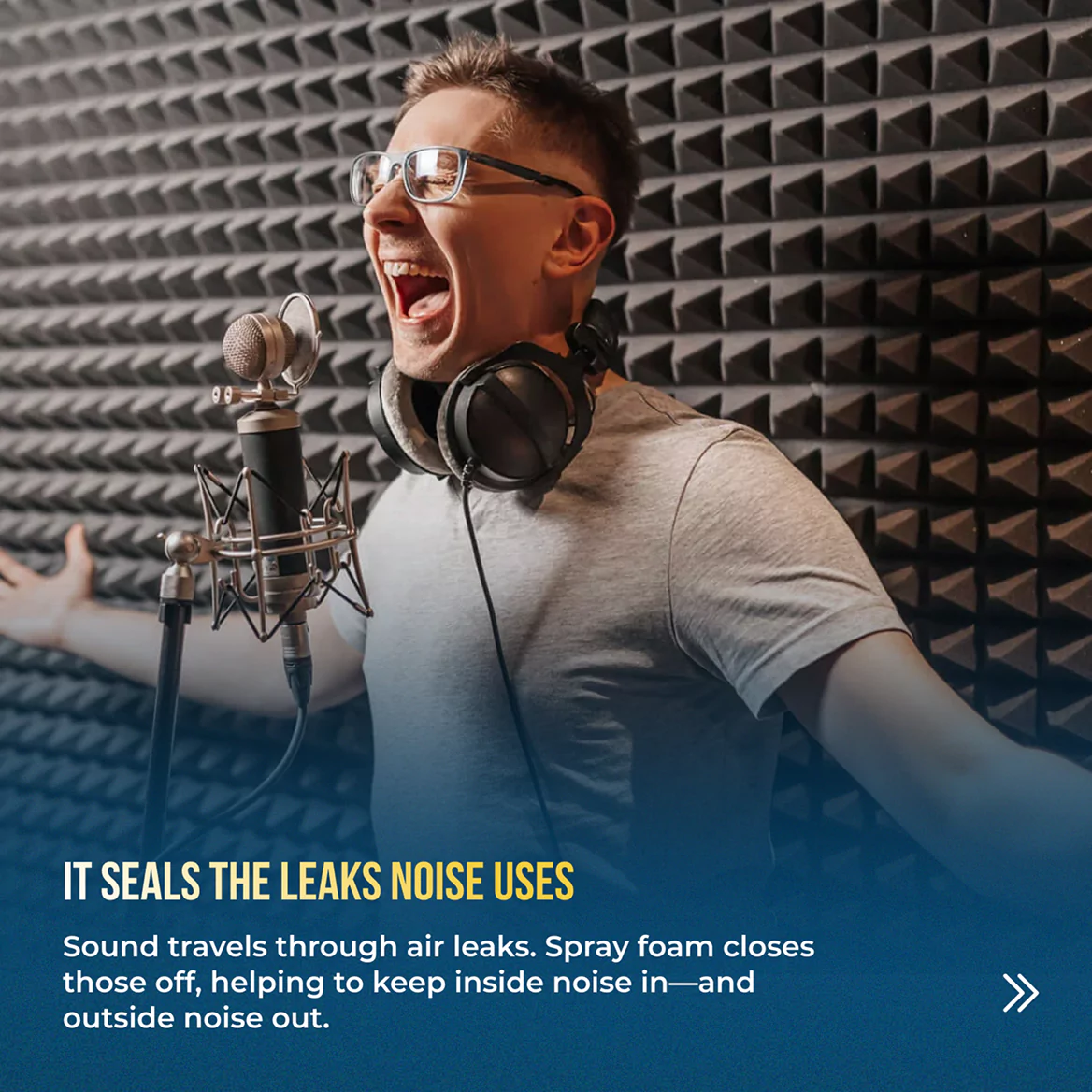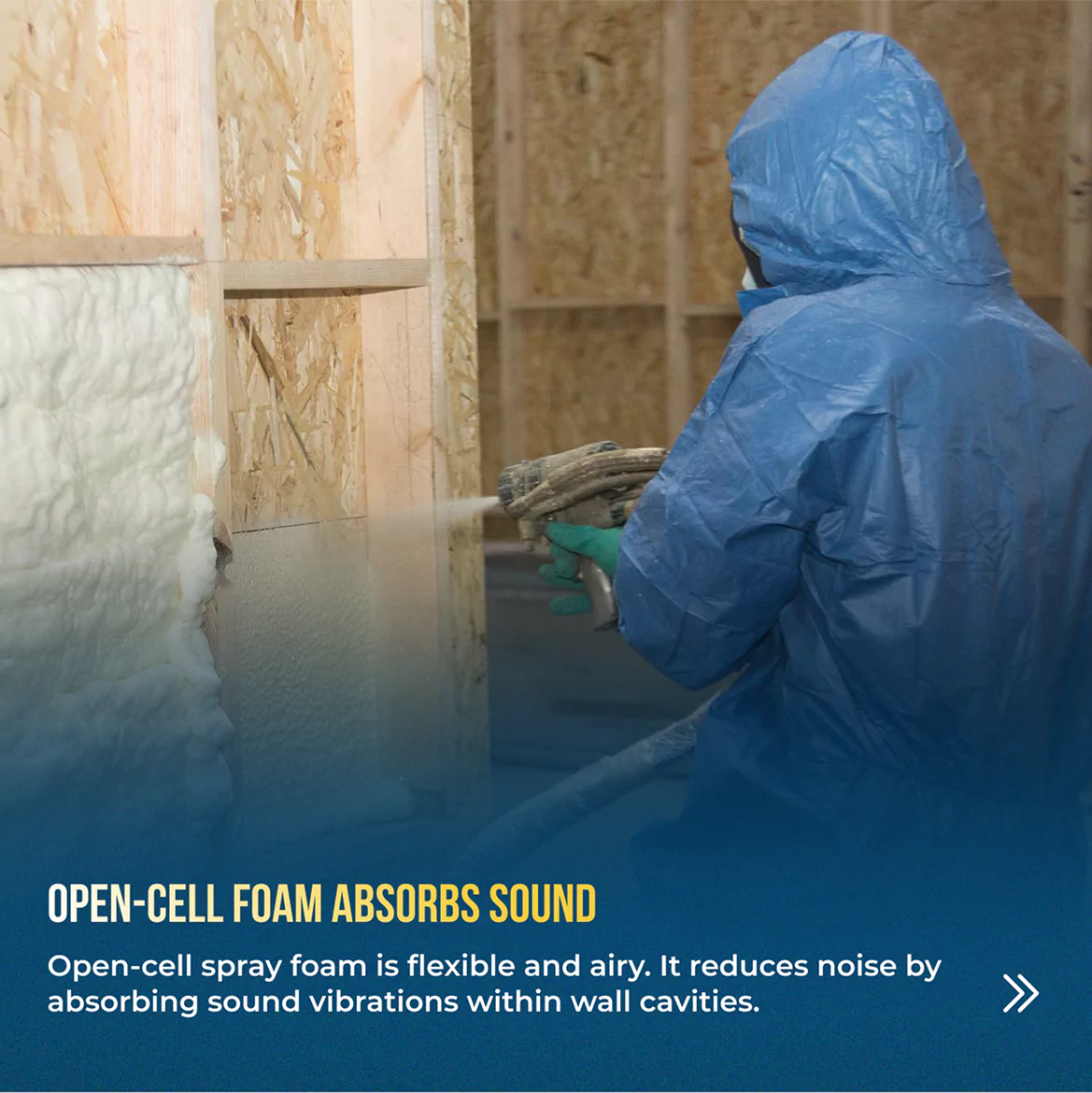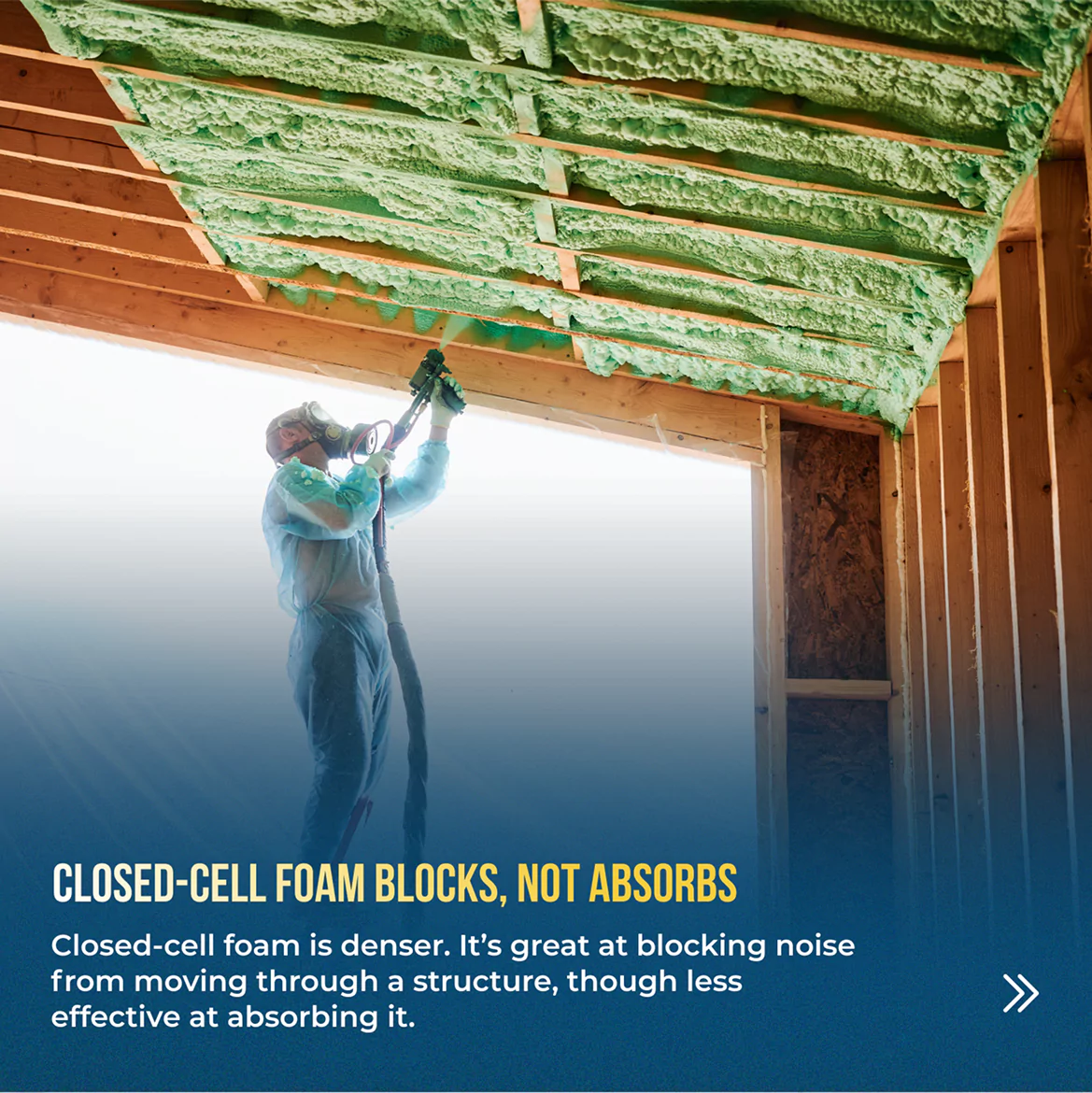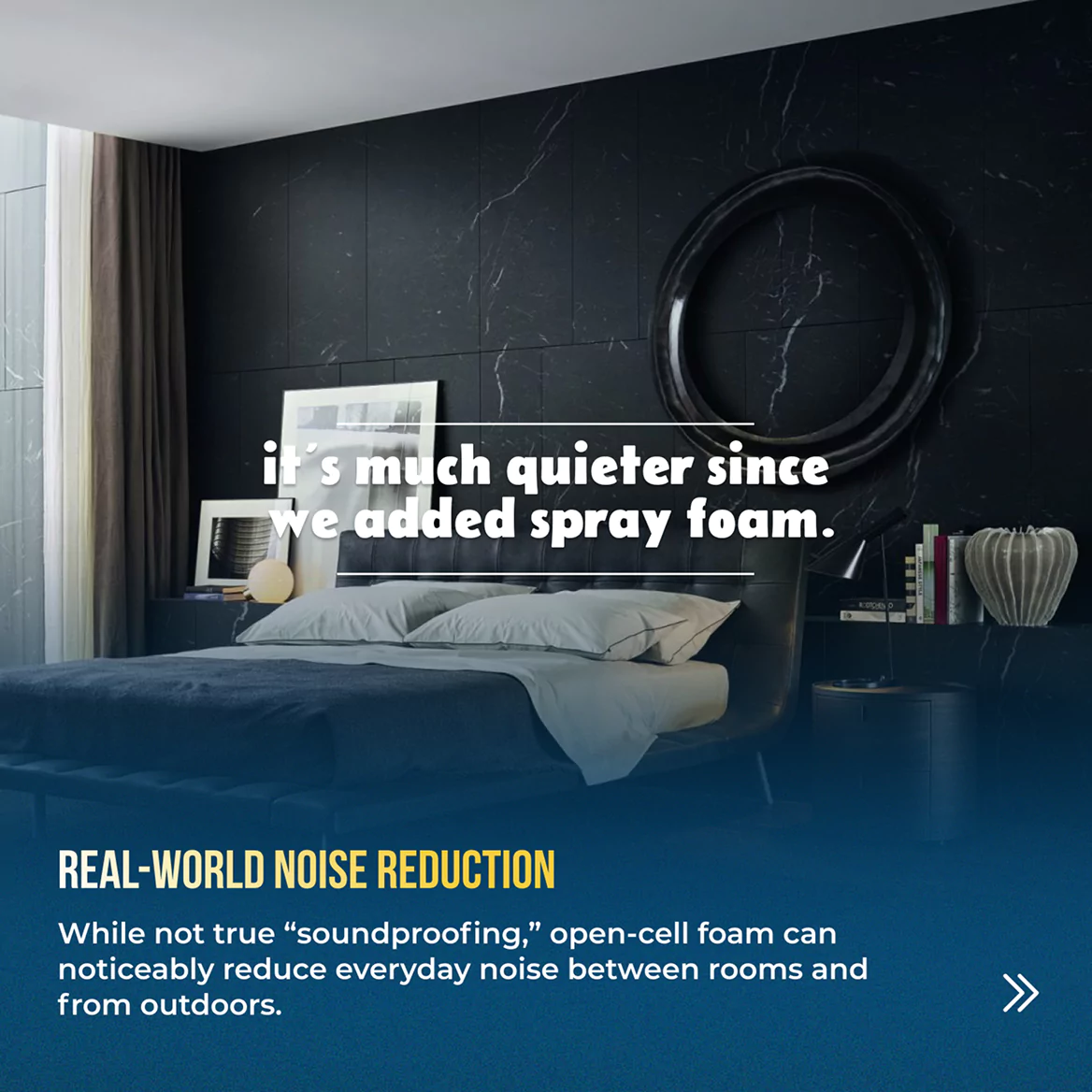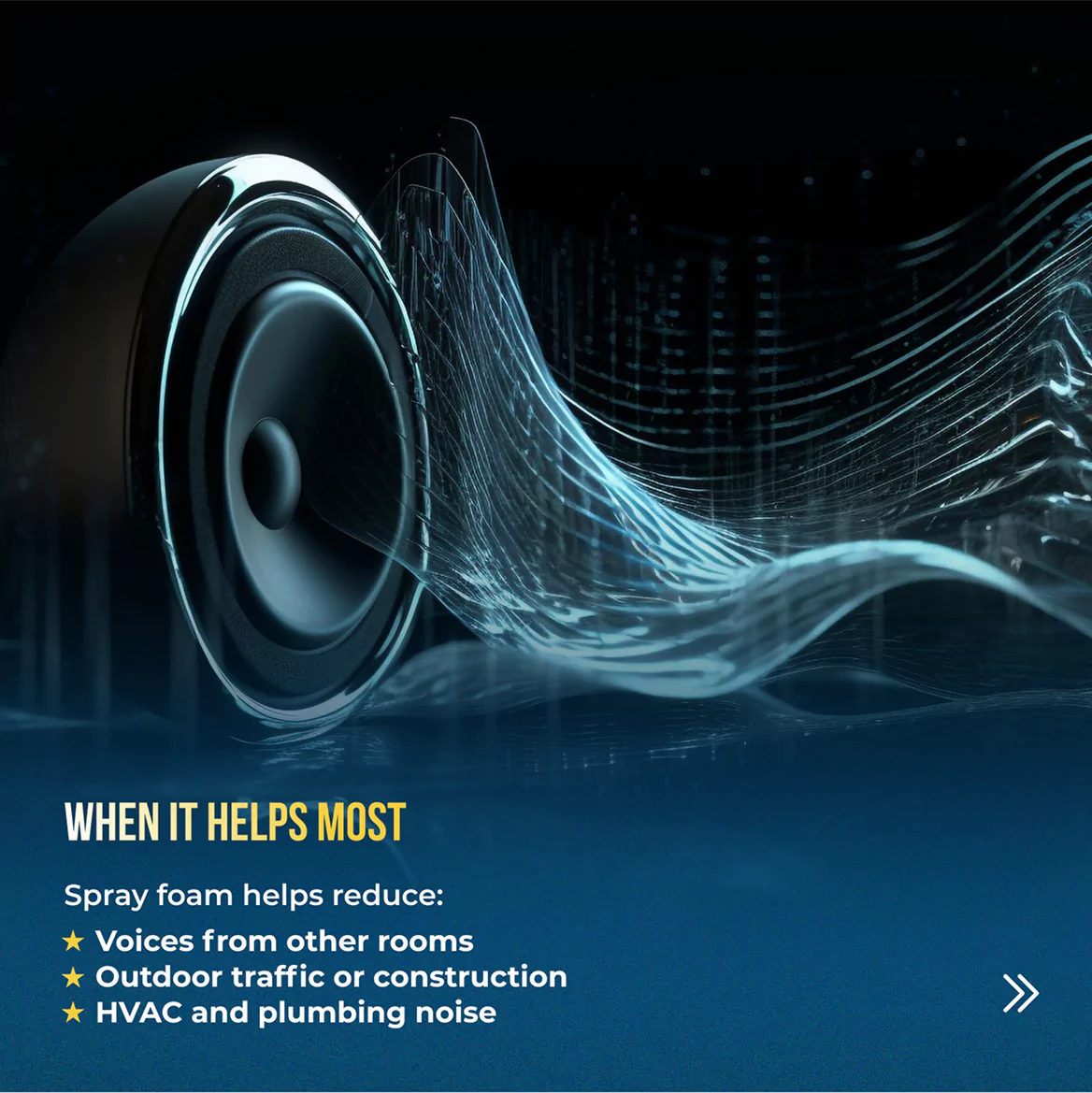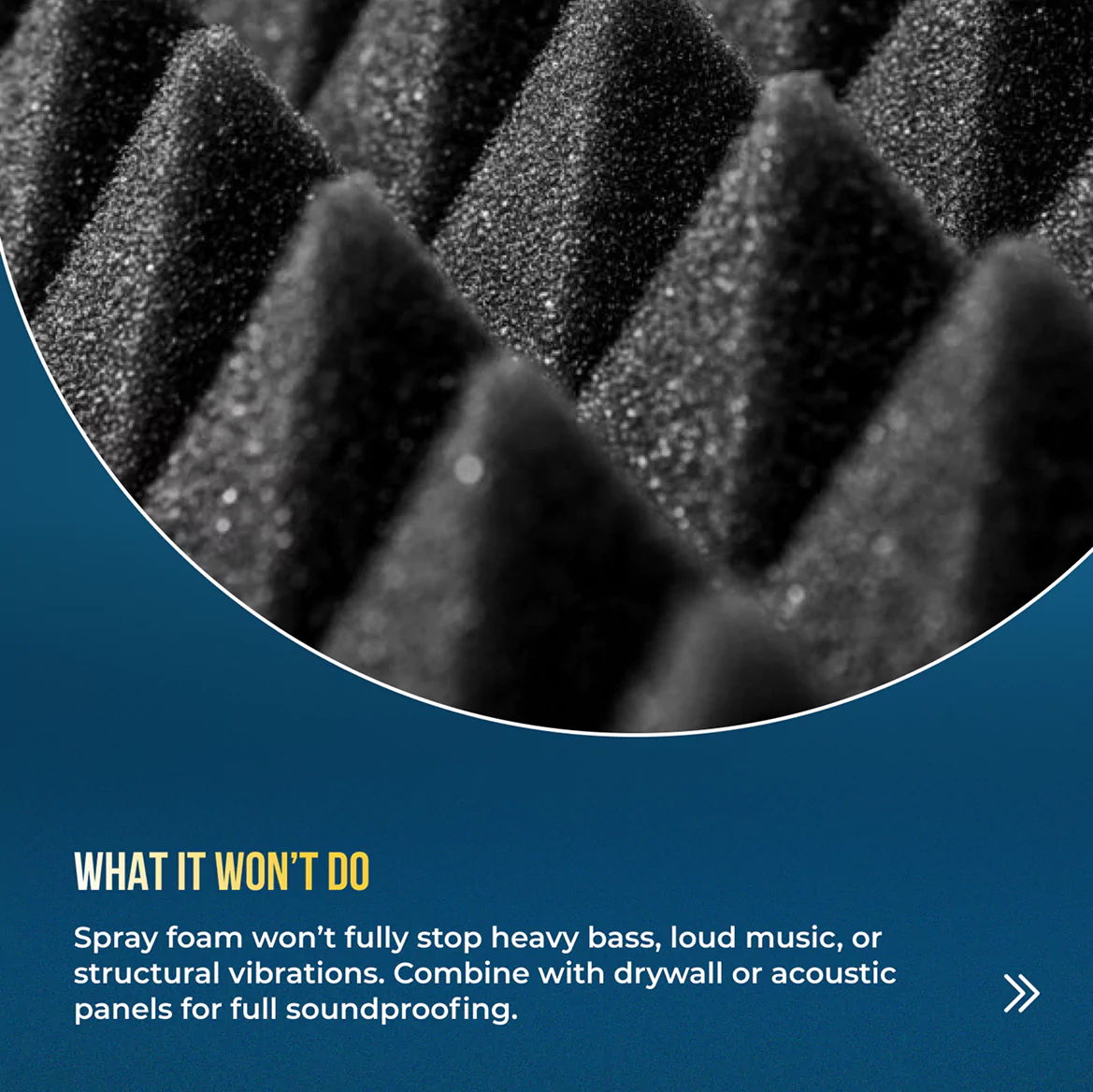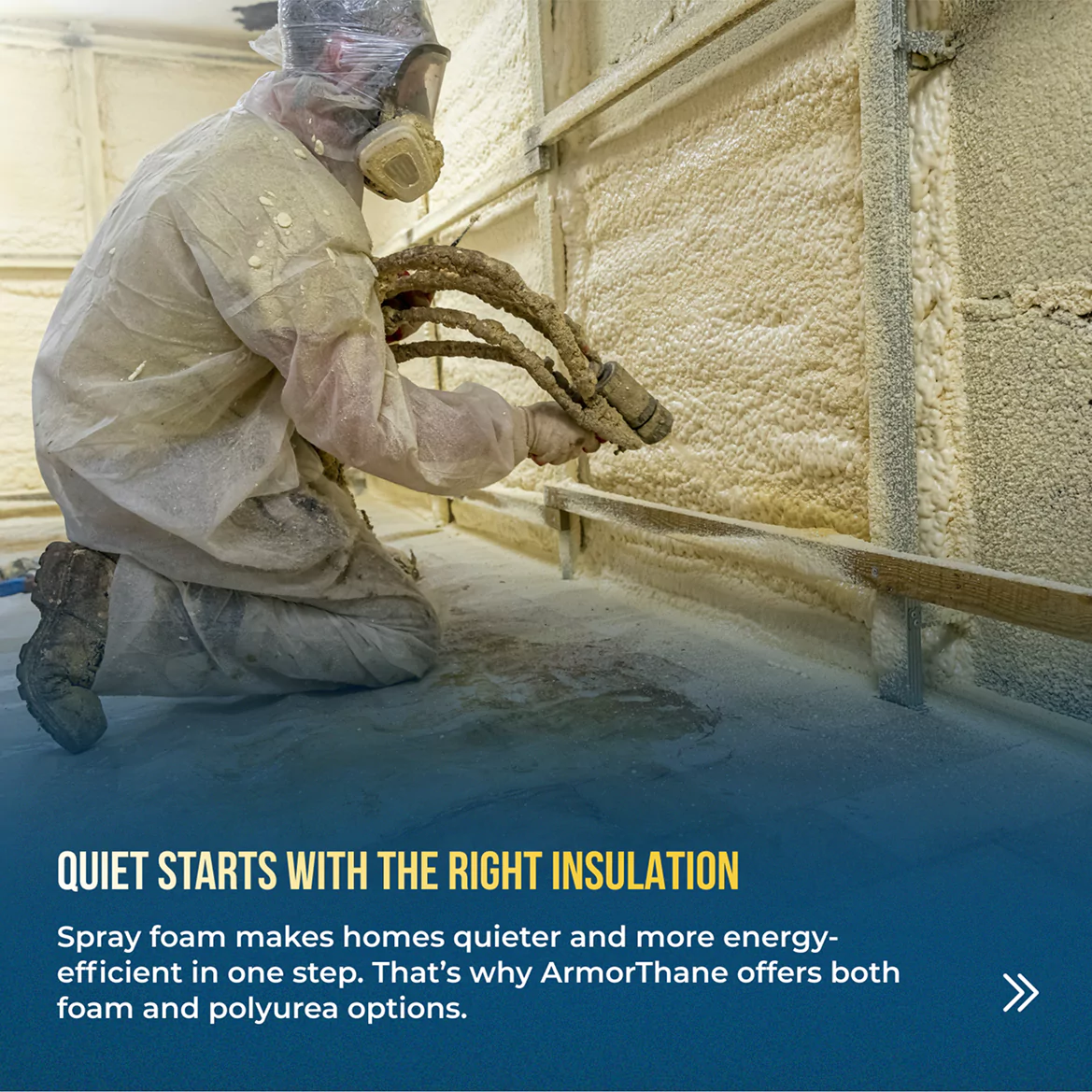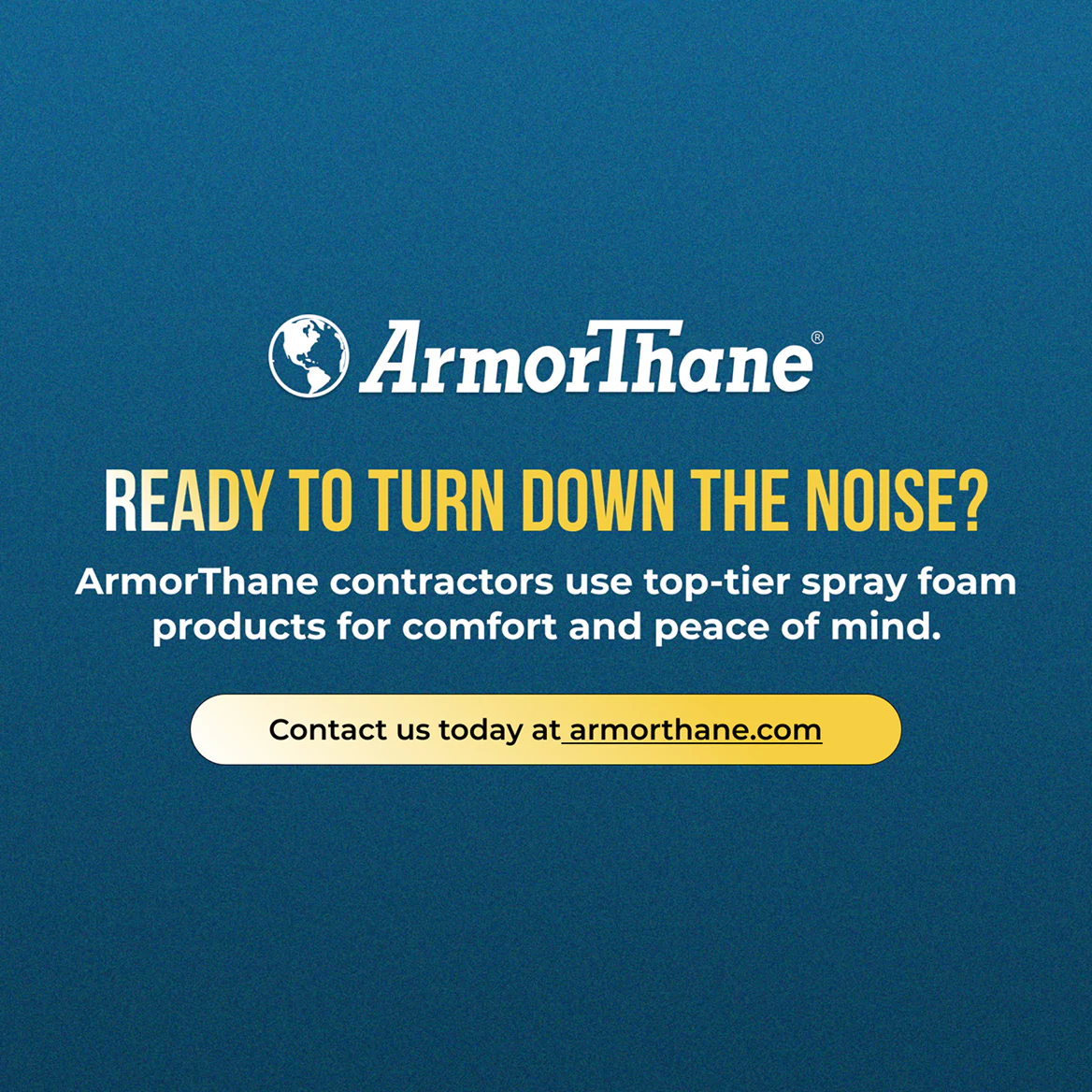DOES SPRAY FOAM
INSULATION REDUCE NOISE?
IMPACT VS AIRBORNE NOISE
There are many kinds of noises that we seek to control within the comfort of our homes and our offices. Airborne and impact sound are two types that we commonly try to control through insulation. Soundwaves are vibrations that travel across the air until they meet obstacles like a wall or window, tree, or other. The frequency wave vibrates through the object and then continues.

Certain waves could be absorbed or reflected, which means that less of the sound travels forward, which reduces the power and frequency of sound. The barriers aren’t always effective at all frequencies, taking in certain frequencies but not all. Low-frequency sounds of brass and drums require many years to diminish. We’ve all heard them resonate through vehicles and walls. Mid-range and high-frequency frequencies are generally easier to block. Impact noises are generated when something strikes an object in or around the structure. A footfall onto hardwood or concrete can echo throughout the structure. They can also be referred to as structural sound. A basketball or tennis ball upon your wall or even the driveway reverberates through the building in the same way. The impact triggers the airborne vibrations through a barrier that extends into your office or home space.

WHAT DO SOUND
RATINGS DEFINE?
Age and other factors influence the frequency range we hear. What we listen to typically is between 20 and 20000 Hz. Zero decibels is silence. The sound of leaves moving is anywhere between 10-20 decibels, an office or home that is quiet is 40 dB, and the typical street noise or party noise is 75-80 decibels. An engine, a bass drum, or a car horn may be loud at 130 dB.
Hertz (Hz) is used to determine the frequency, that is, the frequency of sound waves as well as decibels, the volume, or the intensity of different sound waves. The STC determines how various materials or barriers react to sixteen different frequencies. The NRC measures the amount of sound volume they block.
Hertz (Hz) is used to determine the frequency, that is, the frequency of sound waves as well as decibels, the volume, or the intensity of different sound waves. The STC determines how various materials or barriers react to sixteen different frequencies. The NRC measures the amount of sound volume they block.
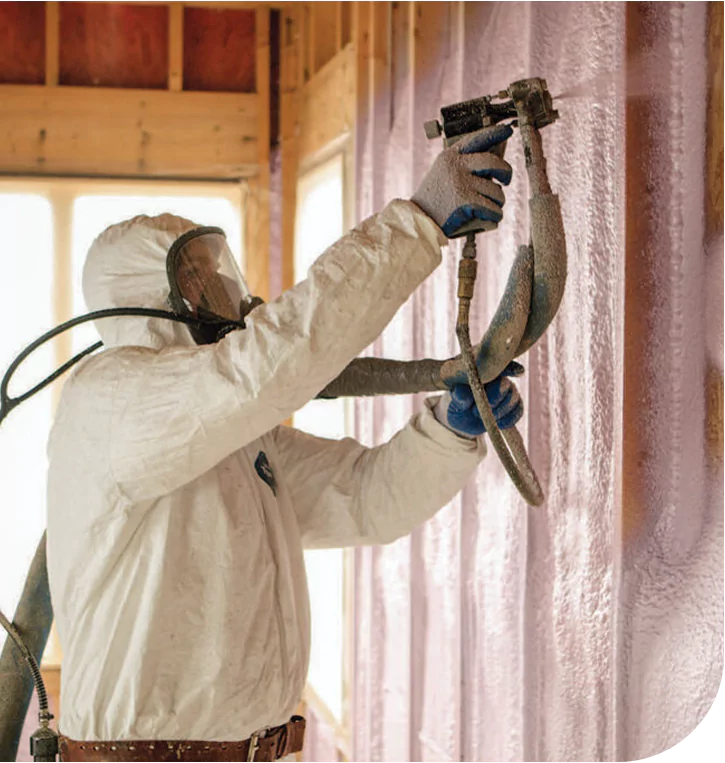
SOUND TRANSMISSION CLASS (STC)
The STC is a measure used to evaluate how effective various materials and combinations of materials enhance sound transmission losses (TL) measured in decibels (dB). It evaluates the flow of common frequencies of the 125-4,000 Hz range across the materials or in the form of assemblies. The lower the amount of sound measured passing through, the more transmission loss and the higher the number of numbers in the STC rating.
NOISE REDUCTION COEFFICIENT (NRC)
The NRC is a numerical system that measures the extent to which a material absorbs or reflects sound waves. It is the average of tested absorption of four different frequency bands, namely 250 Hz, 500Hz, 1000 Hz, and 2000 Hz.
The mean of the NRC value is then rounded to the closest 0.05 between zero and 1.0. The higher the number, the more effective the material is in reflecting or absorbing sound.
The mean of the NRC value is then rounded to the closest 0.05 between zero and 1.0. The higher the number, the more effective the material is in reflecting or absorbing sound.
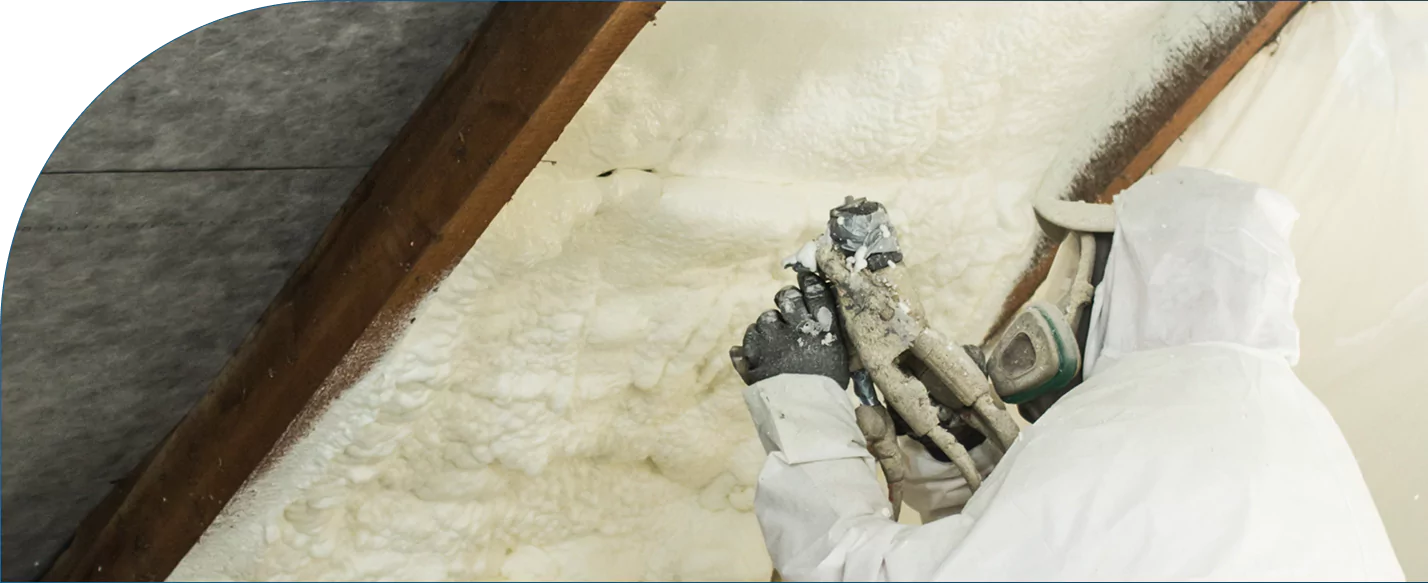
SPRAY FOAM VS ROCKWOOL & FIBERGLASS
SPRAY FOAM VS ROCKWOOL
& FIBERGLASS
Spray Foam is beneficial when it comes to soundproofing. Not solely due to its acoustic properties but also due to its ability to expand and cover the entire surface in a matter of minutes, which is great and should be a huge benefit if you’re trying to insulate irregularly-shaped spaces, doing it using Rockwool or Fiberglass is more difficult because you’d have cut it to precisely the dimensions.
Furthermore, Rockwool and fiberglass settle over time and leave a gap on the sides. And as we all know, insulating for the sake of heat and sound needs every gap, regardless of how small, to be closed. Thus, spray foam could be considered more flexible and simple to use than conventional insulation materials because it will easily expand and fill every hole.
Furthermore, Rockwool and fiberglass settle over time and leave a gap on the sides. And as we all know, insulating for the sake of heat and sound needs every gap, regardless of how small, to be closed. Thus, spray foam could be considered more flexible and simple to use than conventional insulation materials because it will easily expand and fill every hole.
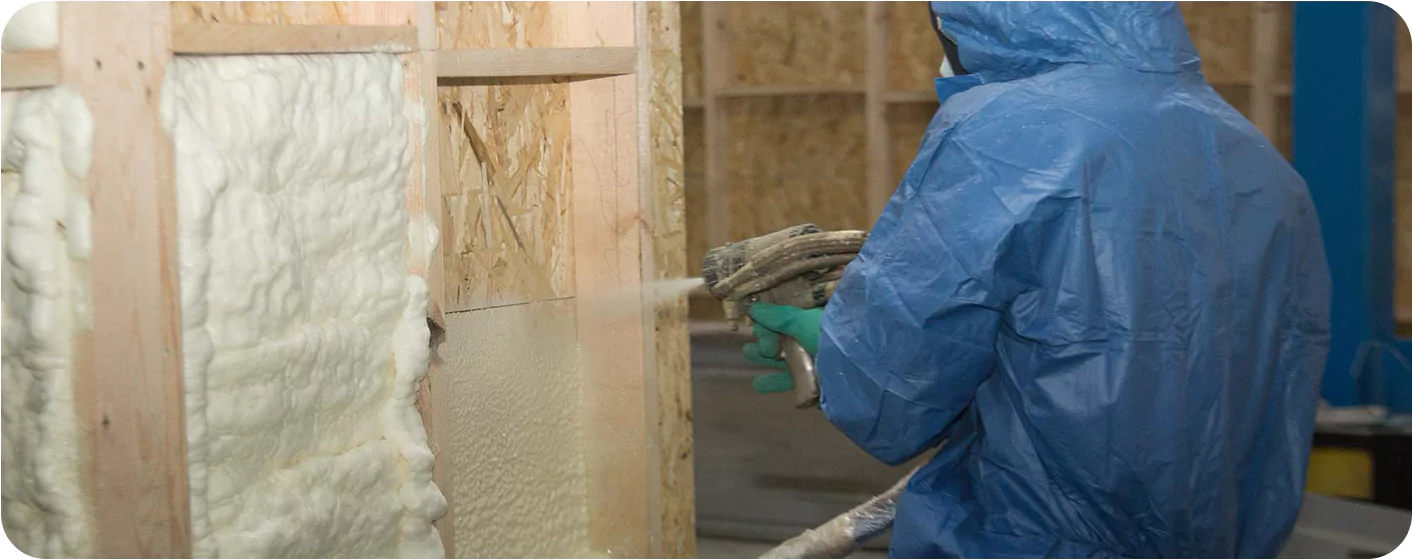
The version of my two pieces where I review spray foam with Rockwool and fiberglass in the following article:
It is important to note that there are two kinds of spray Foam available in Closed-Cell and Open-Cell foam. The main difference between them is that the Open-cell foam is more lightweight and affordable. Comparatively, closed-cell foam is heavier and more costly and is a superior heat insulation material since it’s more effective in preventing airflow.
If you think about noise proofing, open-cell foam is typically more effective due to its low cost and easy installation.
It is important to note that there are two kinds of spray Foam available in Closed-Cell and Open-Cell foam. The main difference between them is that the Open-cell foam is more lightweight and affordable. Comparatively, closed-cell foam is heavier and more costly and is a superior heat insulation material since it’s more effective in preventing airflow.
If you think about noise proofing, open-cell foam is typically more effective due to its low cost and easy installation.
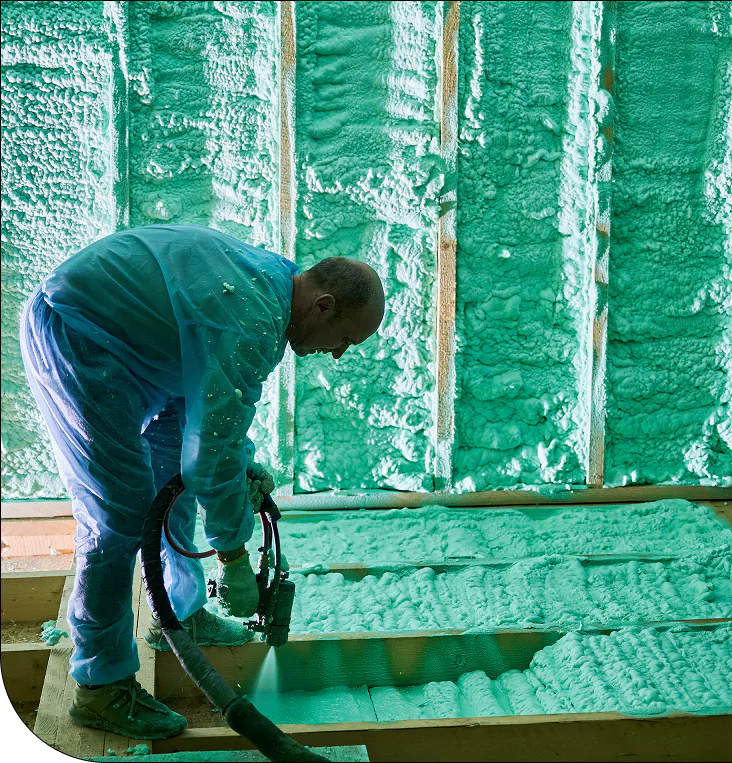
HOW CAN SOUND DEADENING
PERFORMANCE BE MEASURED?
Its STC score or “The Sound Transmission Class” determines how effectively sound is reduced. This determines how many decibels of sound the barrier can cut off. Therefore, the higher the rating, the more effective.
In most cases, you should aim at a rating of 40. This will reduce 40dB because that is the standard needed to achieve sufficient insulation.
In most cases, you should aim at a rating of 40. This will reduce 40dB because that is the standard needed to achieve sufficient insulation.
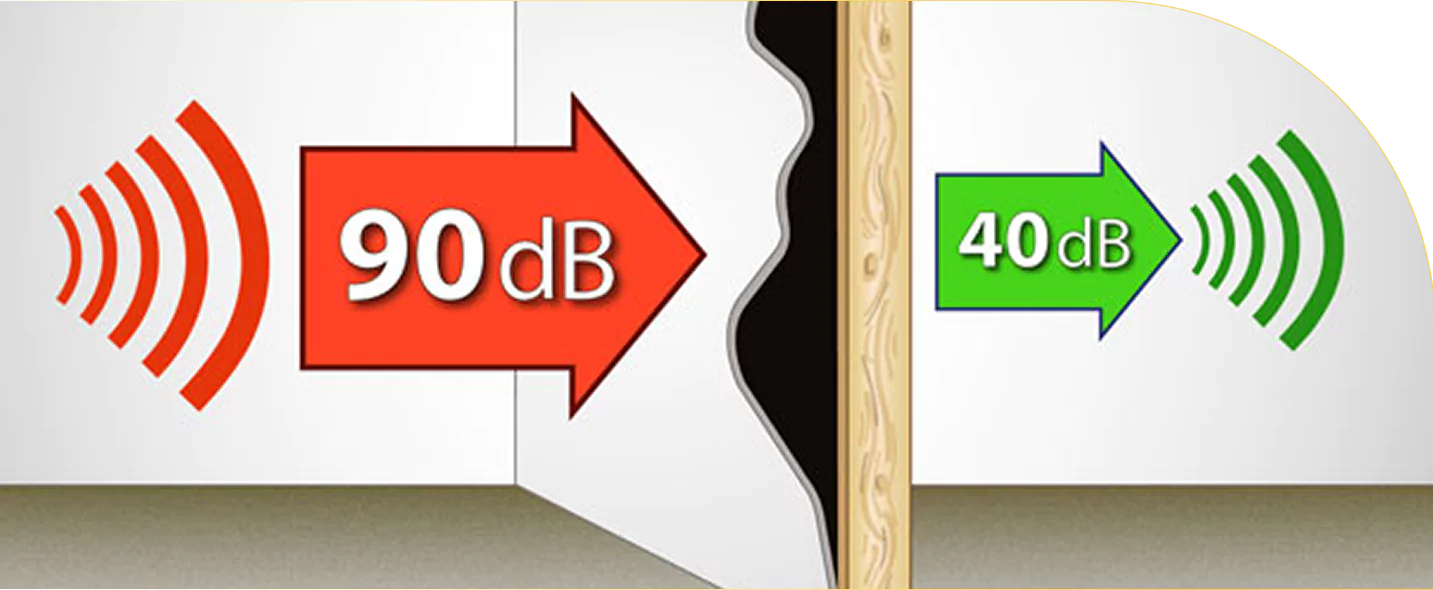
(STC) How can
you be heard?
25 normal Speech is understandable
30 loud Speech can be recognized
35 Loud speech audible but not intelligible
40 Loud speech audible as a murmur
45 Loud speech heard but not audible
50 The sound of a loud squeak is barely heard
60+ Good soundproofing; most sounds do not disturb neighboring residents.
The more efficient, the more efficient, but if you are looking to achieve an HTML0+ rating, you’ll likely need to construct an uncoupled wall to reduce the sound as possible.
30 loud Speech can be recognized
35 Loud speech audible but not intelligible
40 Loud speech audible as a murmur
45 Loud speech heard but not audible
50 The sound of a loud squeak is barely heard
60+ Good soundproofing; most sounds do not disturb neighboring residents.
The more efficient, the more efficient, but if you are looking to achieve an HTML0+ rating, you’ll likely need to construct an uncoupled wall to reduce the sound as possible.

HOW MUCH DOES EACH MATERIAL INCREASE
THE STC RATING (SOUND INSULATION)?
The typical inside wall with 1/2 ” of the drywall on both sides is already equipped with an STC rating of 34.
Incorporating fiberglass will raise its STC score to 39; however, so do open-cell spray foam. Therefore, it is possible to say that both fiberglasses and open-cell but not closed-cell will perform identically in regards to soundproofing.
However, Rockwool performs exceptionally well, which boosts the STC rating up to 45. That’s an enormous improvement.
It’s worth noting that closed-cell foam will also increase its STC rating, however, only by 37.
However, Rockwool performs exceptionally well, which boosts the STC rating up to 45. That’s an enormous improvement.
It’s worth noting that closed-cell foam will also increase its STC rating, however, only by 37.
- Material STC
- Fiberglass 39
- Spray Foam 39 open-cell 37 closed cell
- Rockwool 45
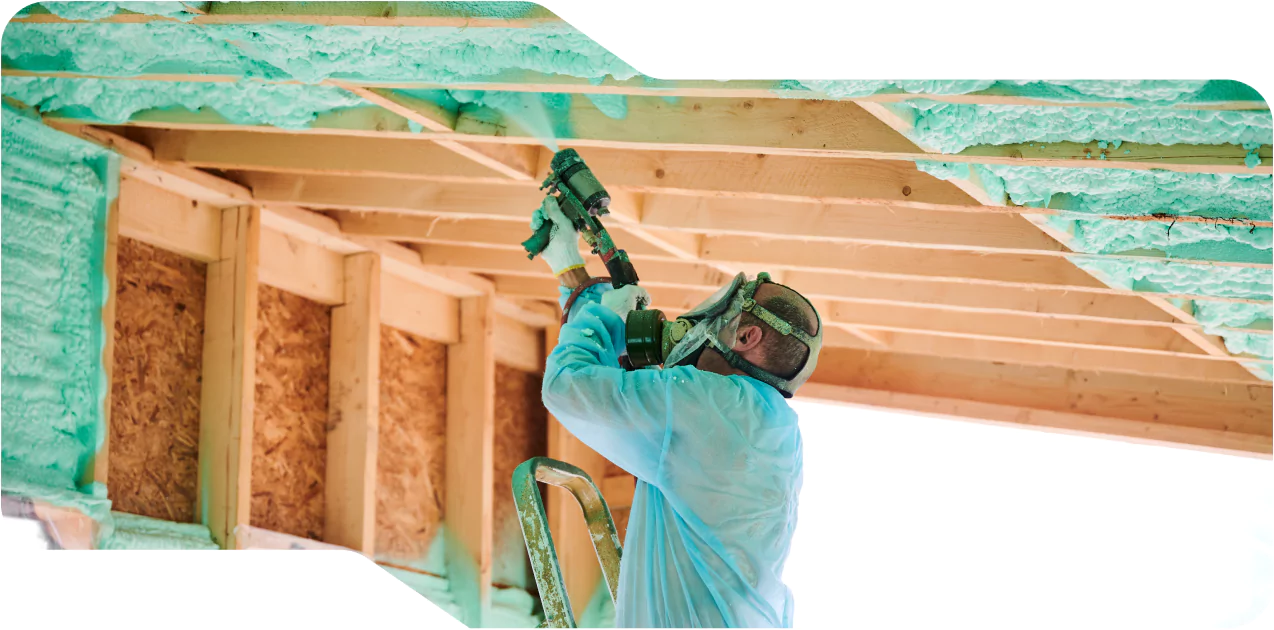
RELATED CONTENT
ADDITIONAL WAYS OF BLOCKING NOISE
First of all, it should be mentioned that the insulation process needs to be done during the construction process of the house, otherwise you would have to either tear down parts of the wall to be able to insulate it or add a second wall.
TWO SHEETS OF DRYWALL
To ensure that you keep sound from space, it is necessary to block it and not absorb it. Sound absorption can only do just that.
Installing drywall is one of the most straightforward ways of adding more mass to the wall, effectively adding an additional barrier that prevents sound from getting through.
One sheet of drywall will provide you with a significant reduction in noise, but the best way to go about it is to install two layers of 5/8 drywall.
Additionally, you should weigh putting a noise-proofing compound between the two layers, which will make a slight air pocket to further increase the insulation. Doing this should give you an approximate STC of 35 or 40. In other words, it will reduce the noise that’s allowed through the wall by about 35dB-40dB, which means that loud speech, for example, will be audible but unintelligible.
Installing drywall is one of the most straightforward ways of adding more mass to the wall, effectively adding an additional barrier that prevents sound from getting through.
One sheet of drywall will provide you with a significant reduction in noise, but the best way to go about it is to install two layers of 5/8 drywall.
Additionally, you should weigh putting a noise-proofing compound between the two layers, which will make a slight air pocket to further increase the insulation. Doing this should give you an approximate STC of 35 or 40. In other words, it will reduce the noise that’s allowed through the wall by about 35dB-40dB, which means that loud speech, for example, will be audible but unintelligible.
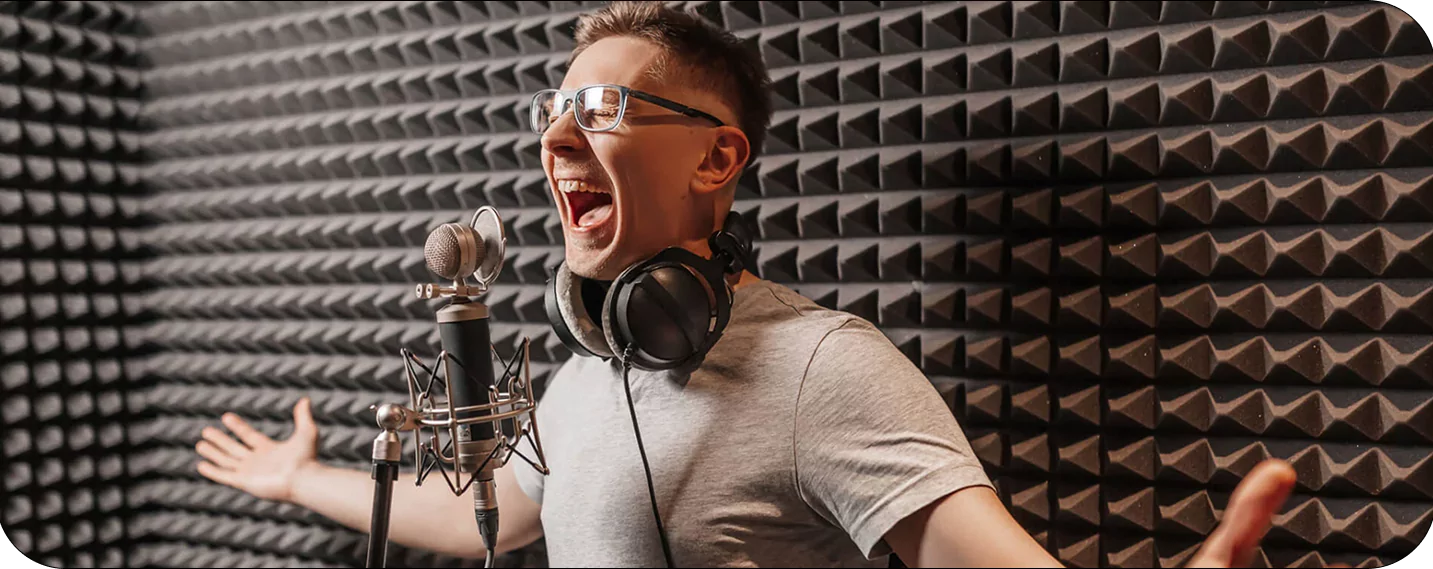
BUILD A DECOUPLED 2-LAYER DRYWALL
You might not be aware that the structures inside your wall, such as the studs, aid in transmitting sound and vibration. The installation of drywall will transfer all the sound to the drywall. The best way to do this is to build an additional wall that leaves the air space between the prior wall that will fill with either fiberglass Rockwool and then install two sheets of plasterboard (again employing the same noise-proofing compound between the two sheets). Decoupling your new wall and the studs that were originally installed differs on the way you approach it. For instance, you can construct double-stud walls in which the studs on one wall aren’t in contact with those from the other, or they can be staggered and even have products that you can purchase that can be installed on the existing studs. They’ll reduce the sound transmission to the wall by disabling it.
Open-cell spray foam is a great soundproofing material since it’s filled with air pockets, just like fiberglass and Rockwool. Not only that, but it’s very easy and quick to install, and since it expands it will cover the entire surface in no time. Contact us if you would like to know more about becoming an ArmorThane certified spray foam applicator.
Open-cell spray foam is a great soundproofing material since it’s filled with air pockets, just like fiberglass and Rockwool. Not only that, but it’s very easy and quick to install, and since it expands it will cover the entire surface in no time. Contact us if you would like to know more about becoming an ArmorThane certified spray foam applicator.
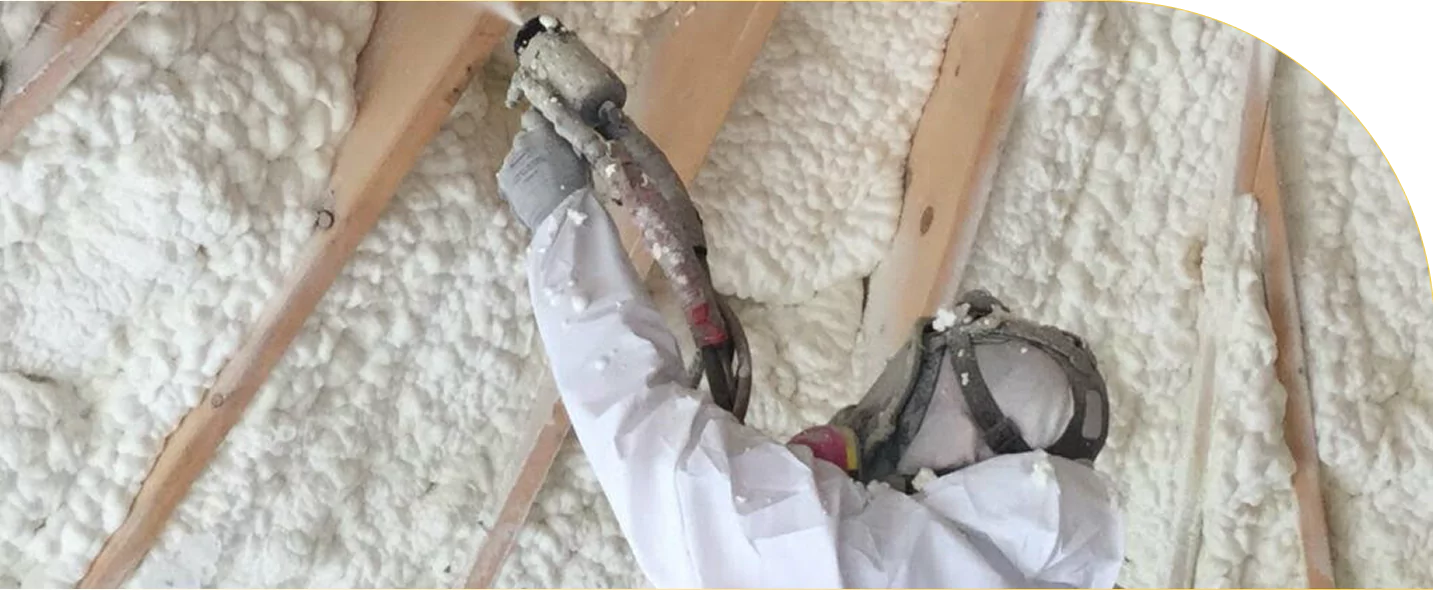
FIND OR BECOME AN APPLICATOR
A small investment for coating equipment and products will get you started in a new polyurea, polyurethane, and spray foam business or increase the revenue of an existing company. With no franchise fees or royalties, starting a protective coating business or other ArmorThane dealer business is a relatively low cost venture.
We provide personal training to get your new polyurea or polyurethane system up and going. Plus, we have a dedicated support team ready to assist you anytime you need us. We sell to dealers around the world who use our products for a wide variety of applications. These include everything from truck bed liners to animal habitats.
We provide personal training to get your new polyurea or polyurethane system up and going. Plus, we have a dedicated support team ready to assist you anytime you need us. We sell to dealers around the world who use our products for a wide variety of applications. These include everything from truck bed liners to animal habitats.
